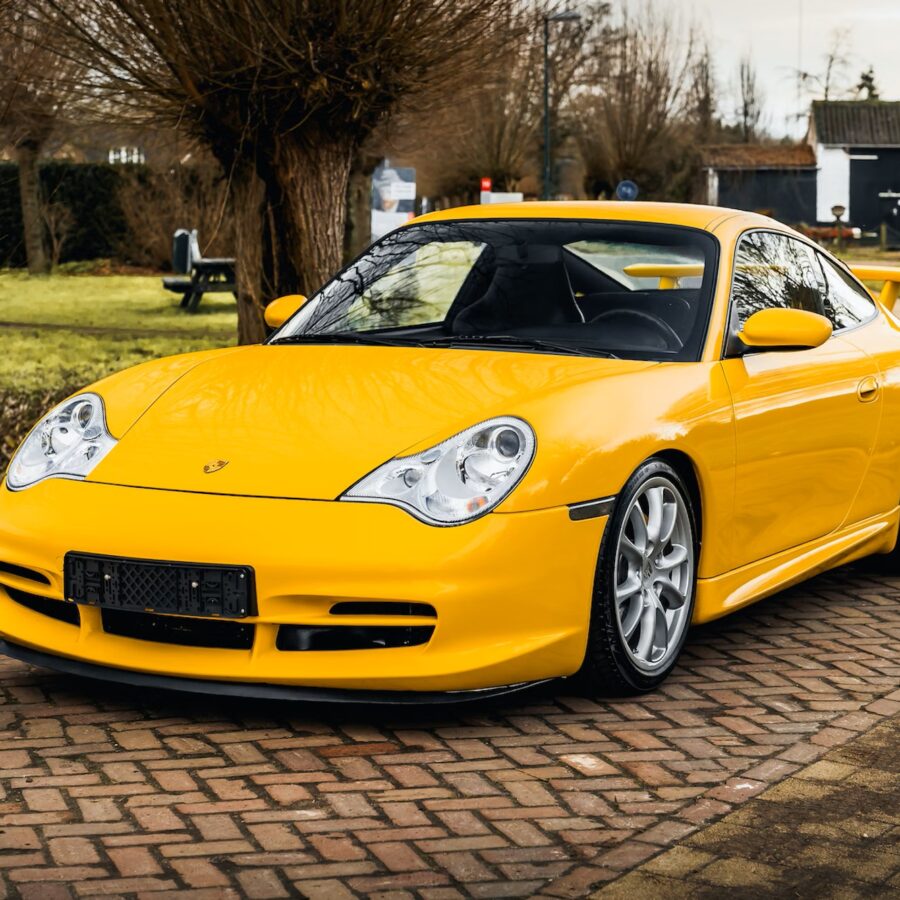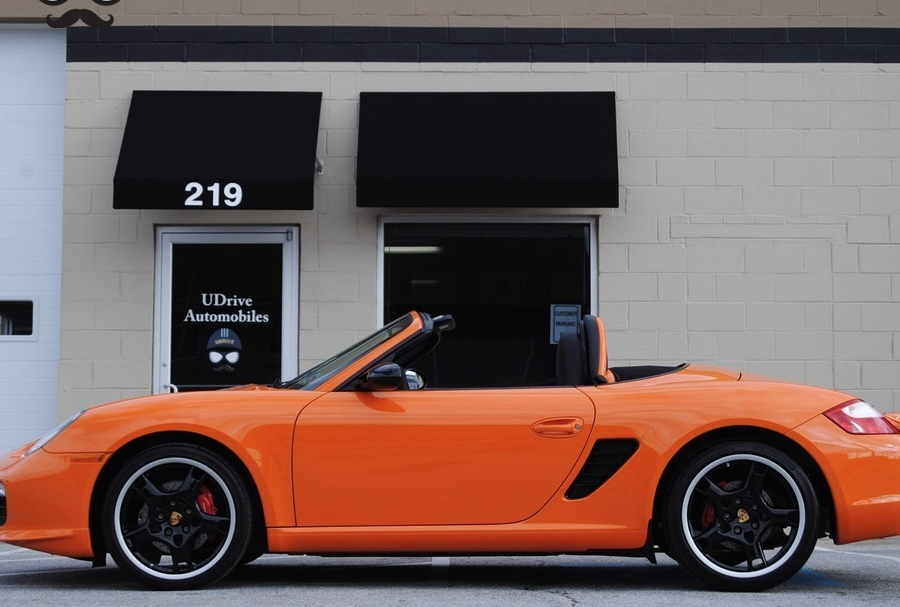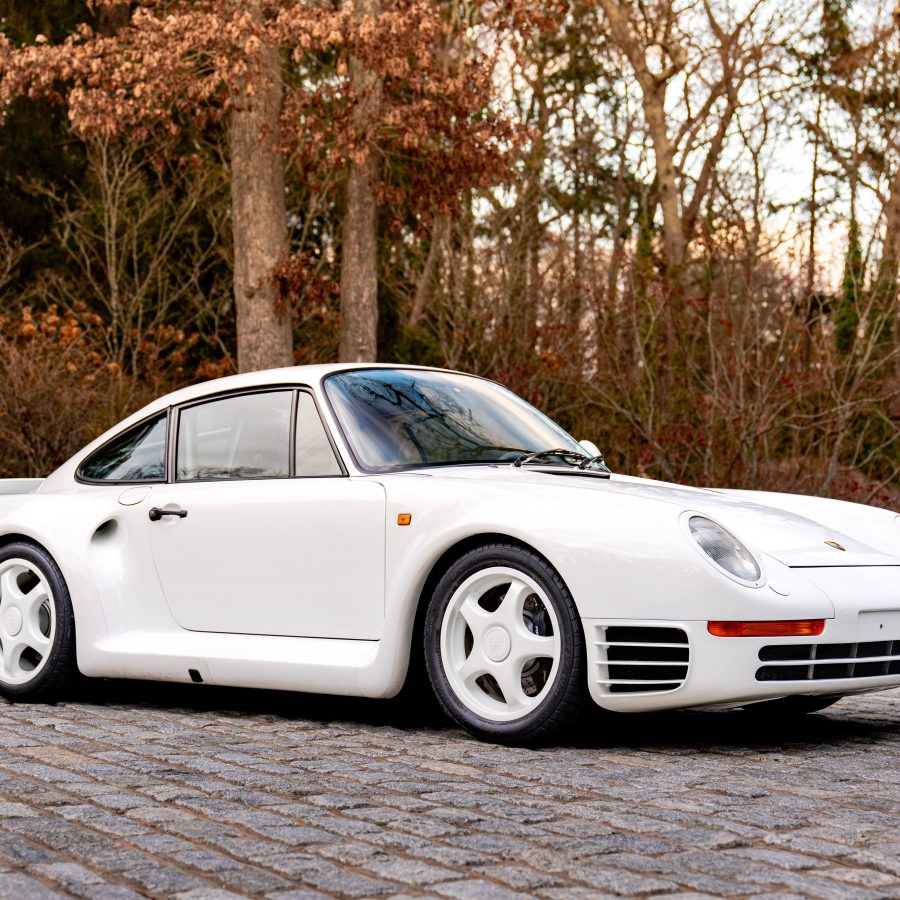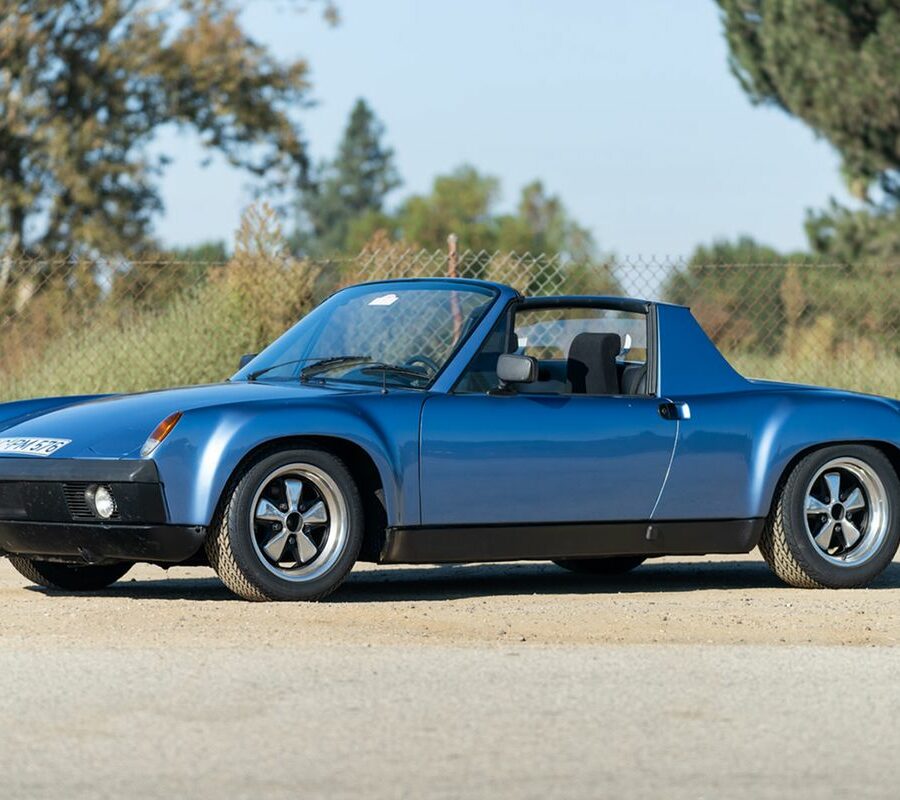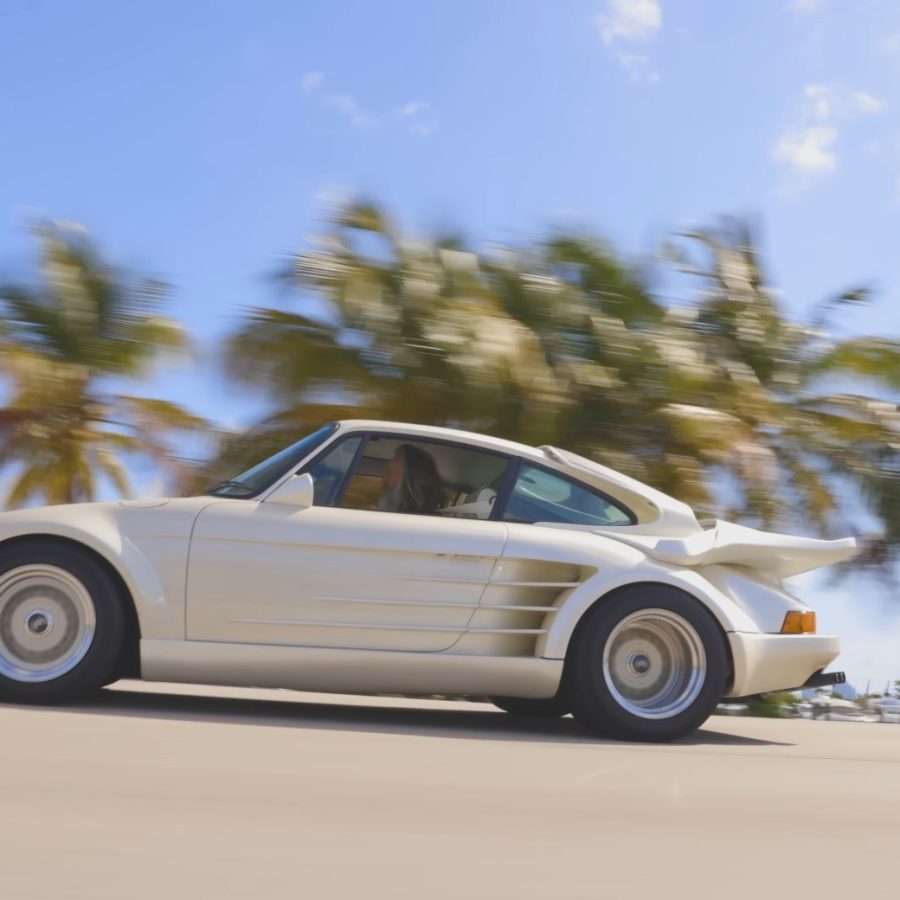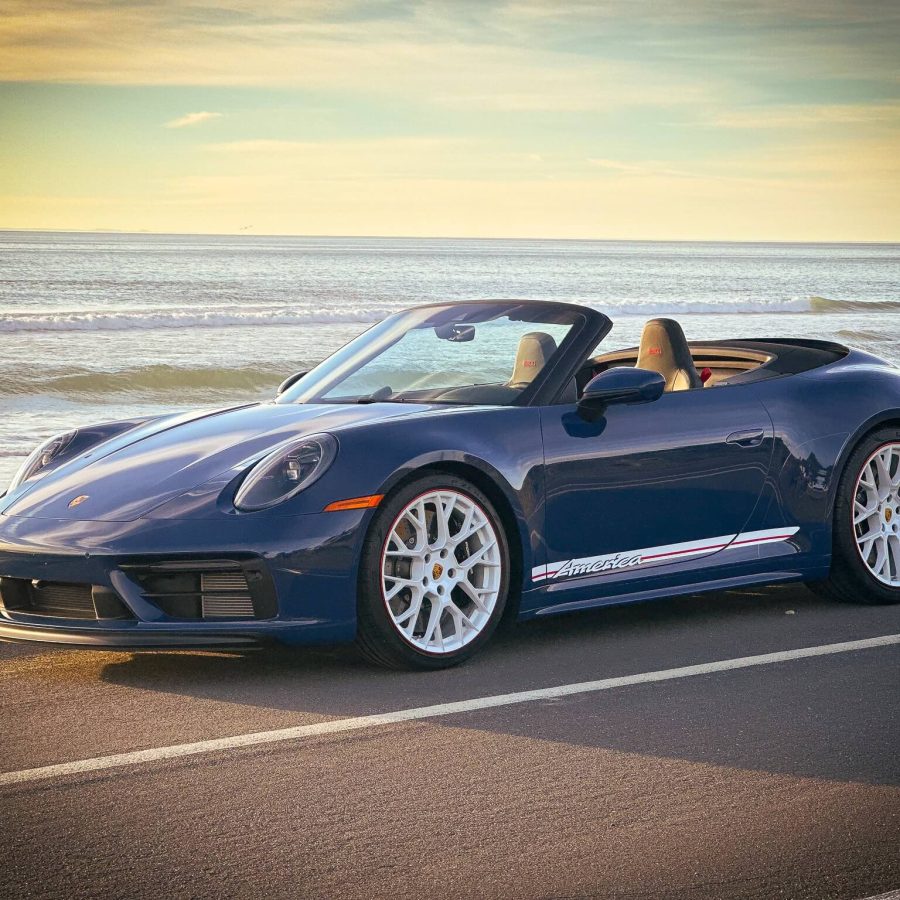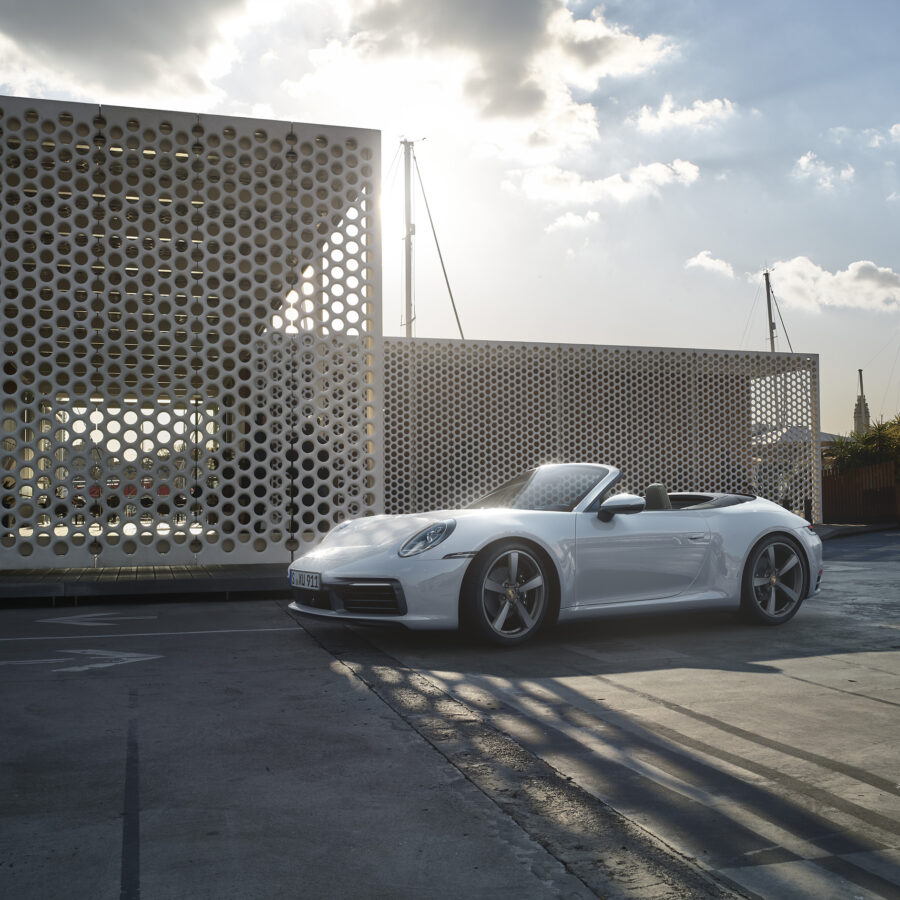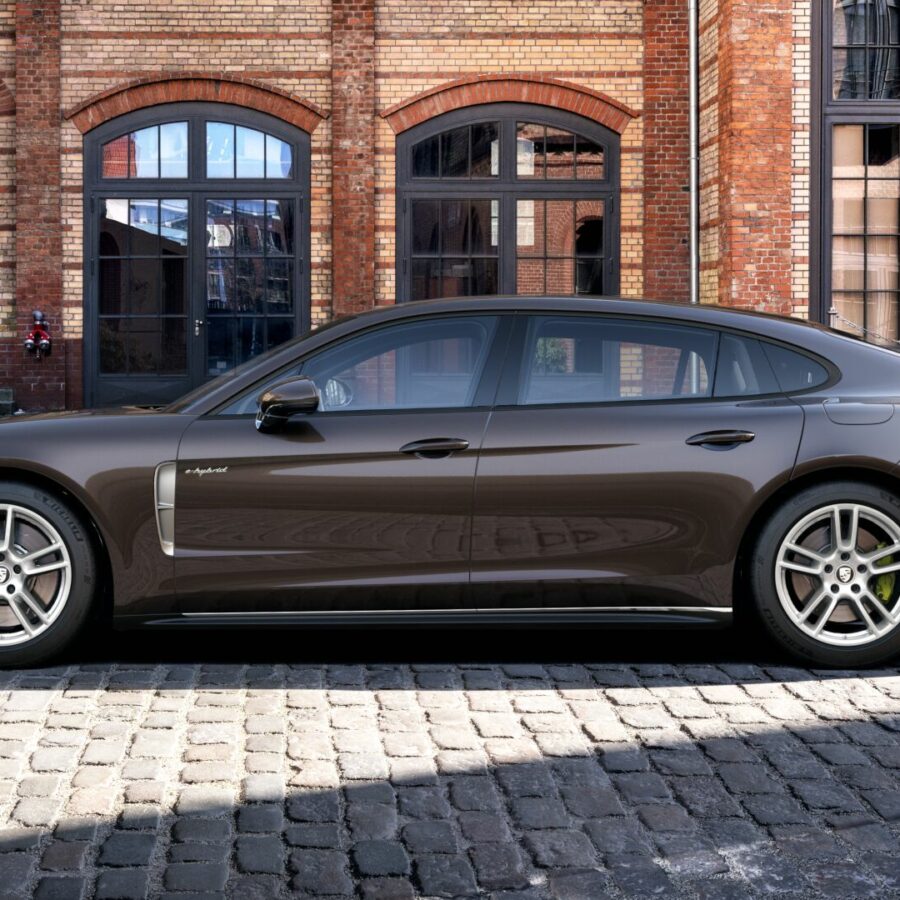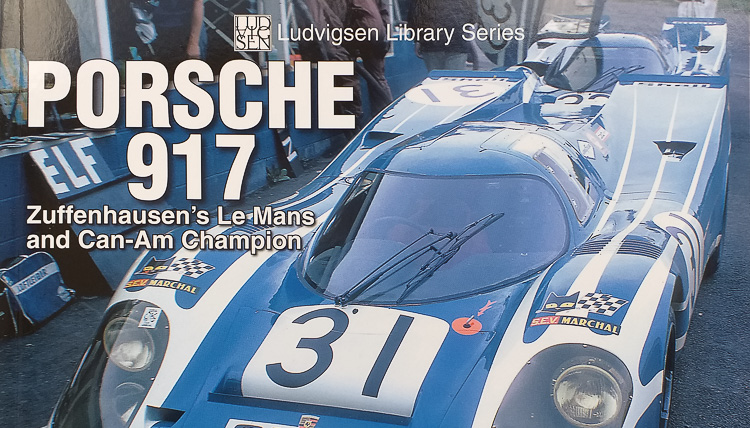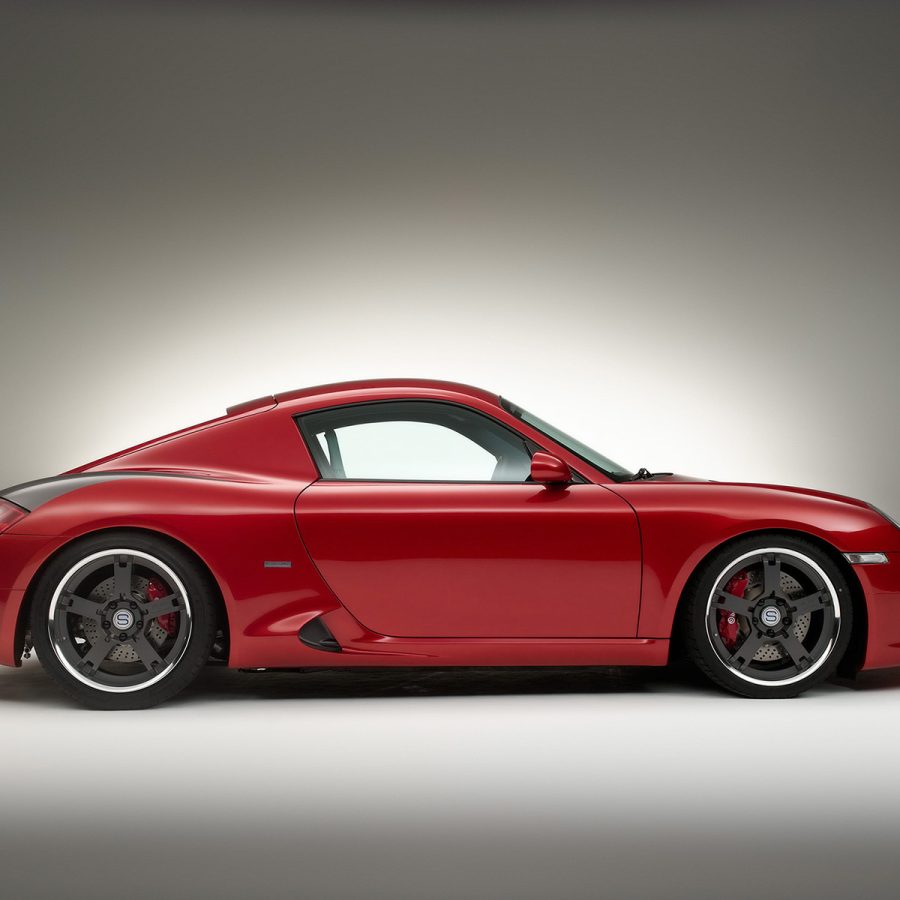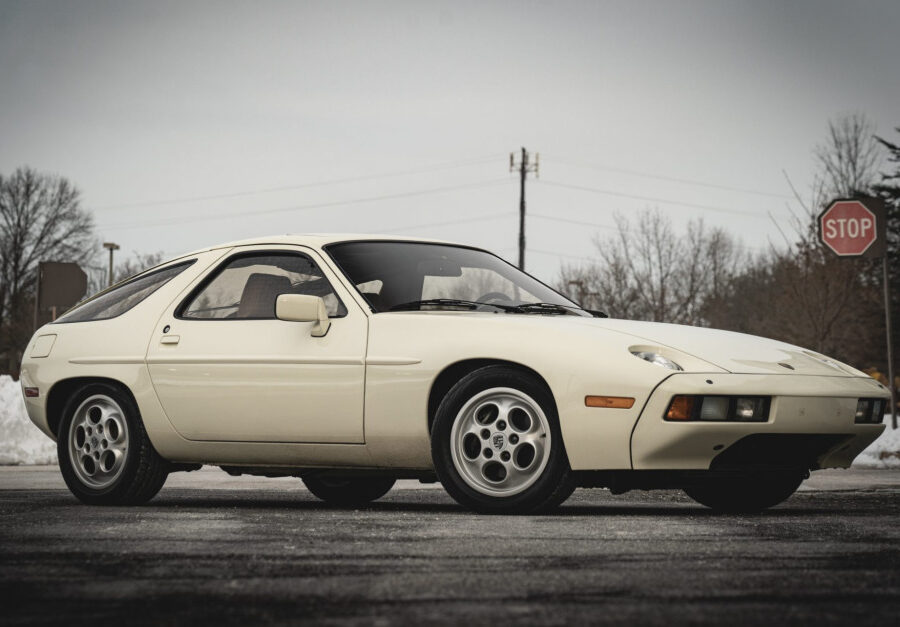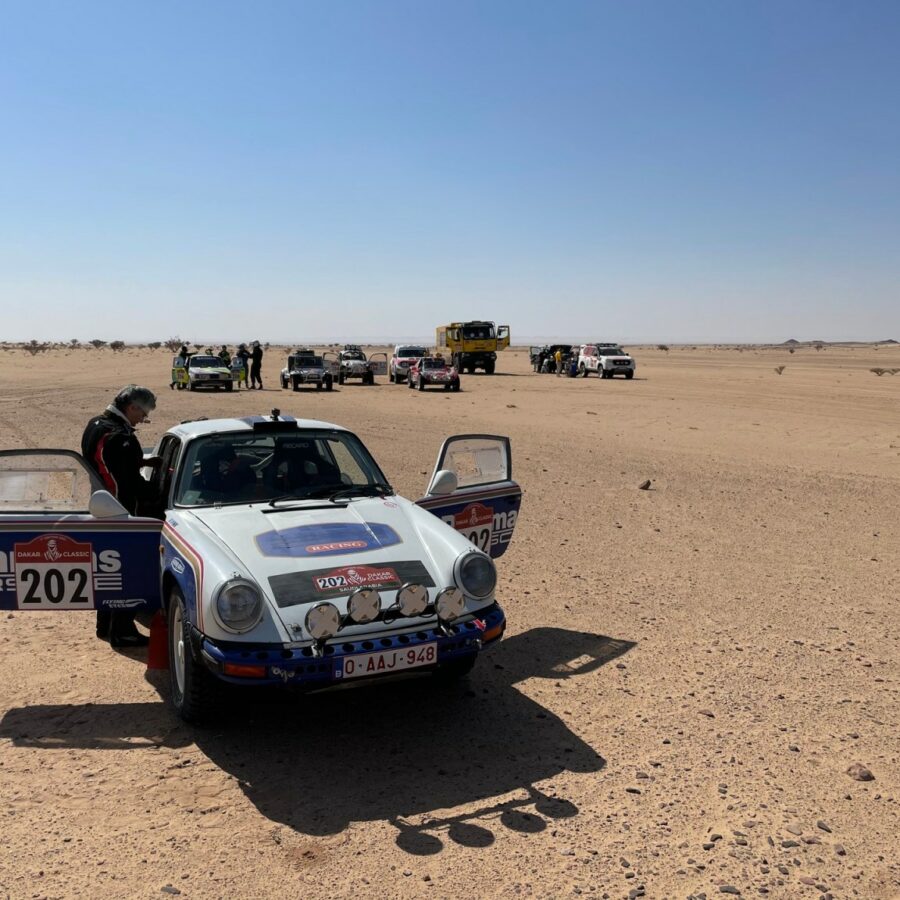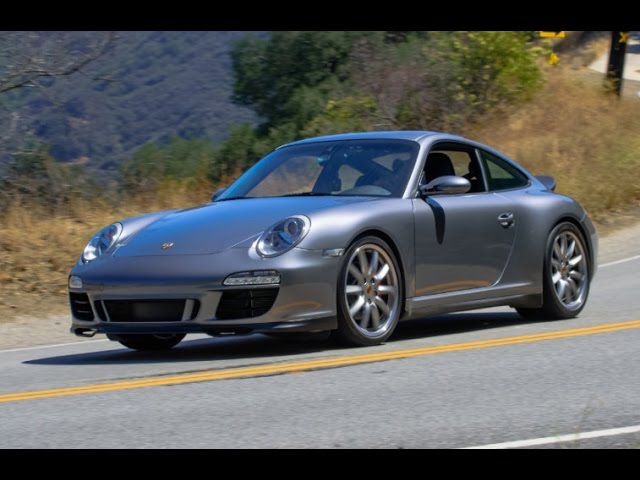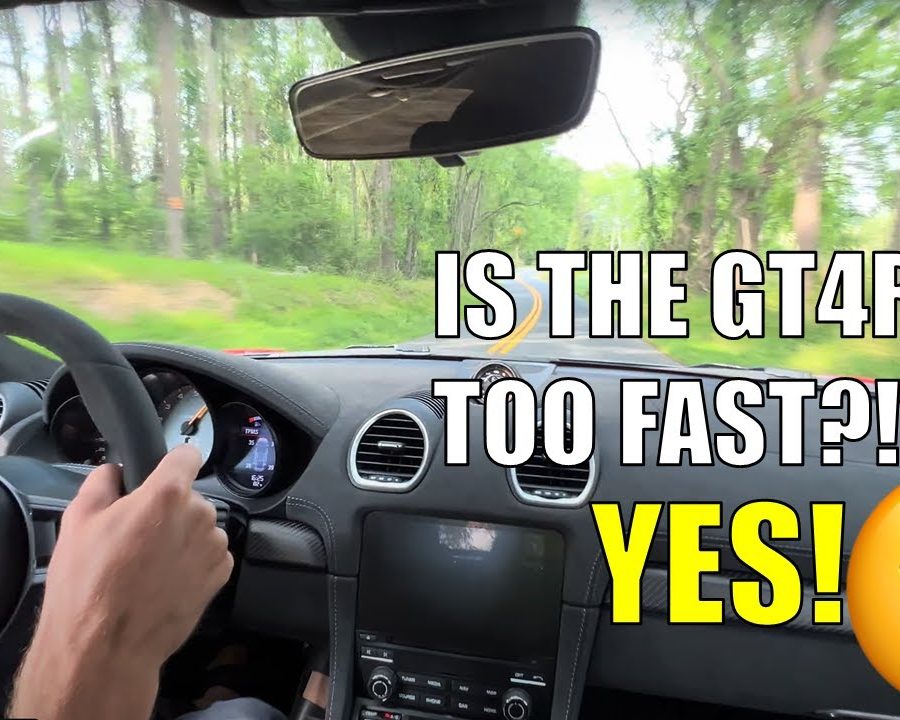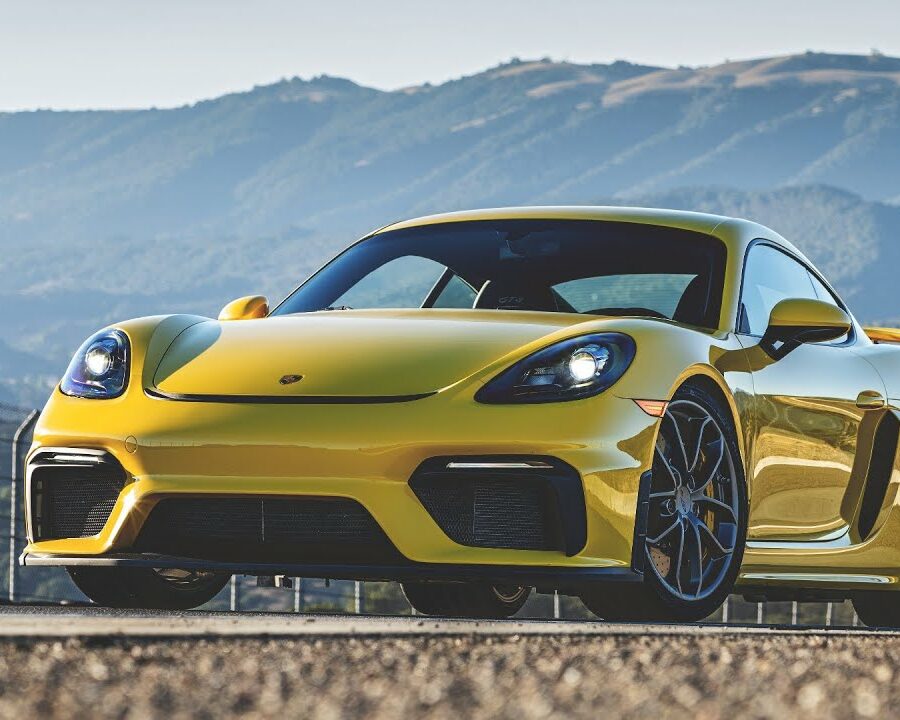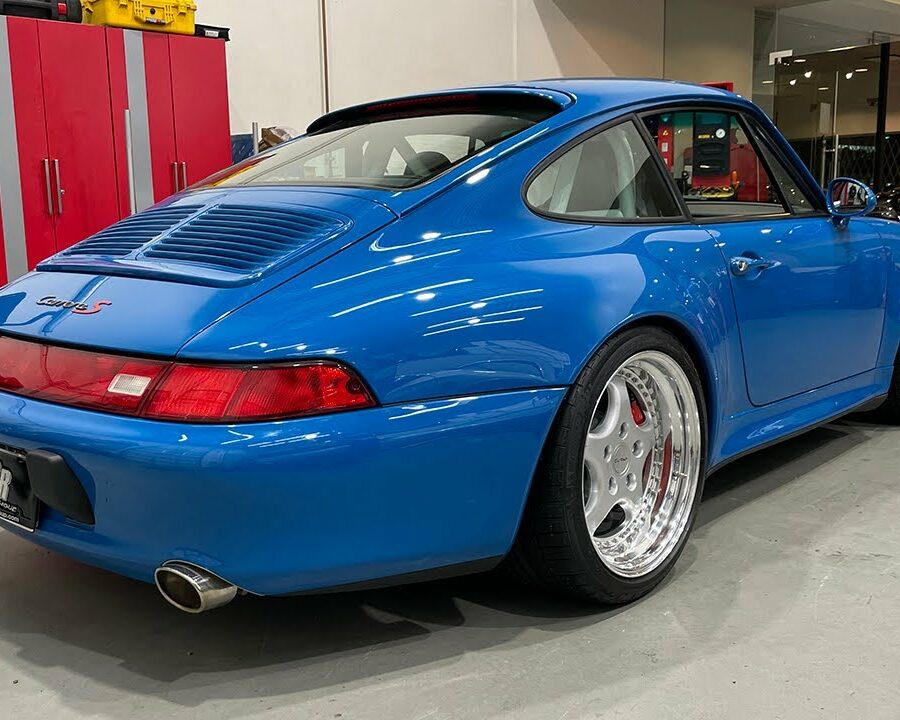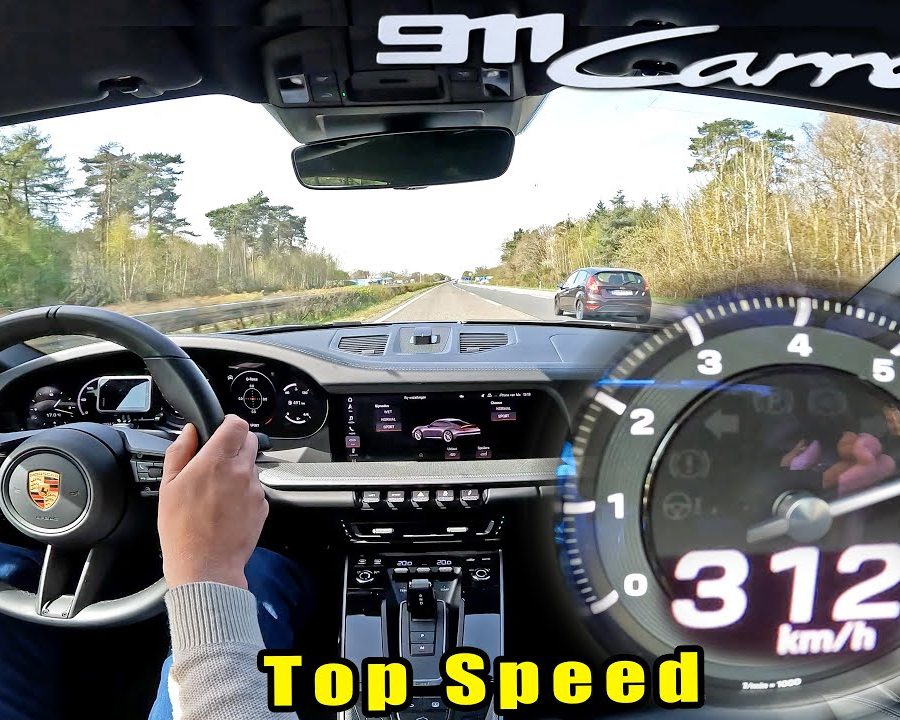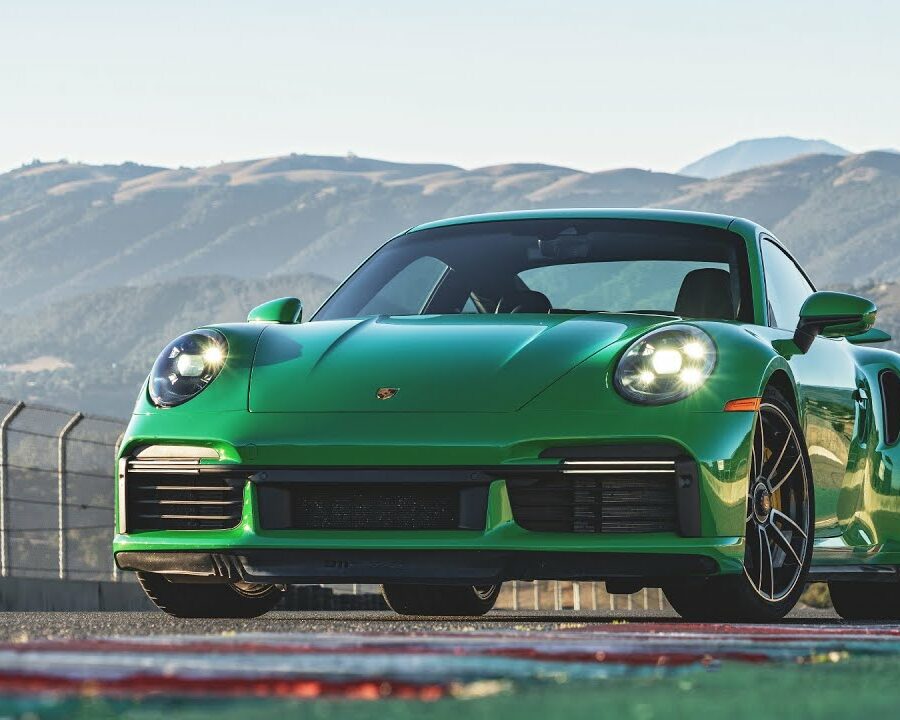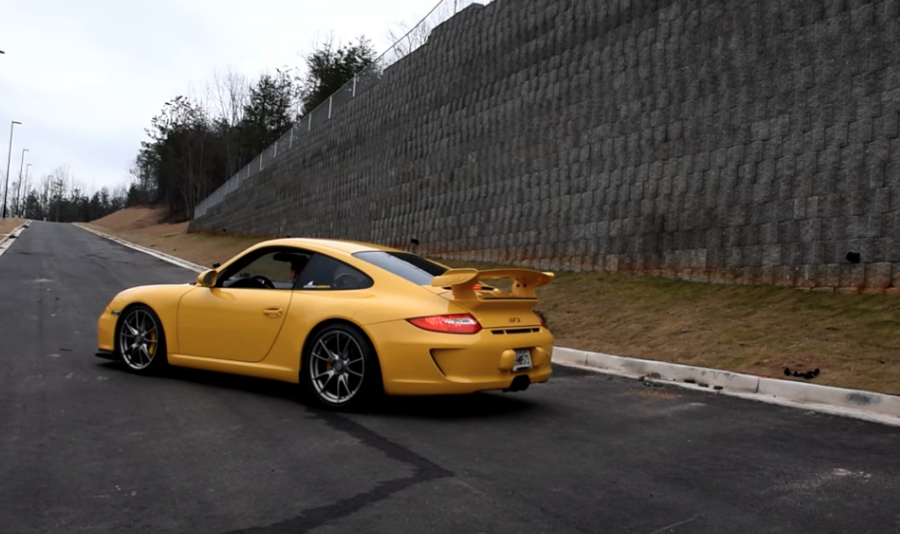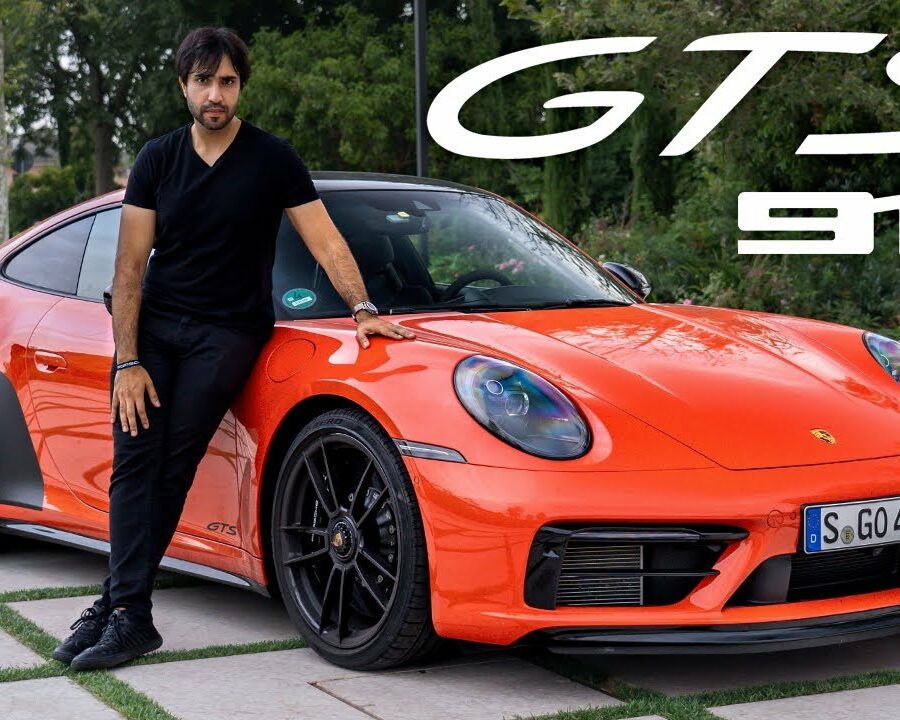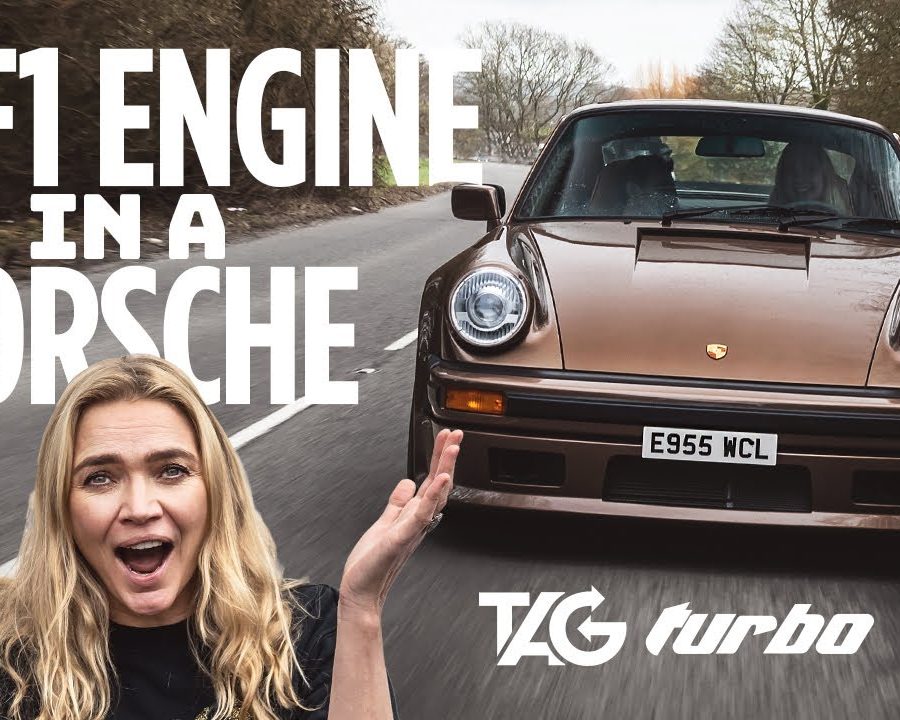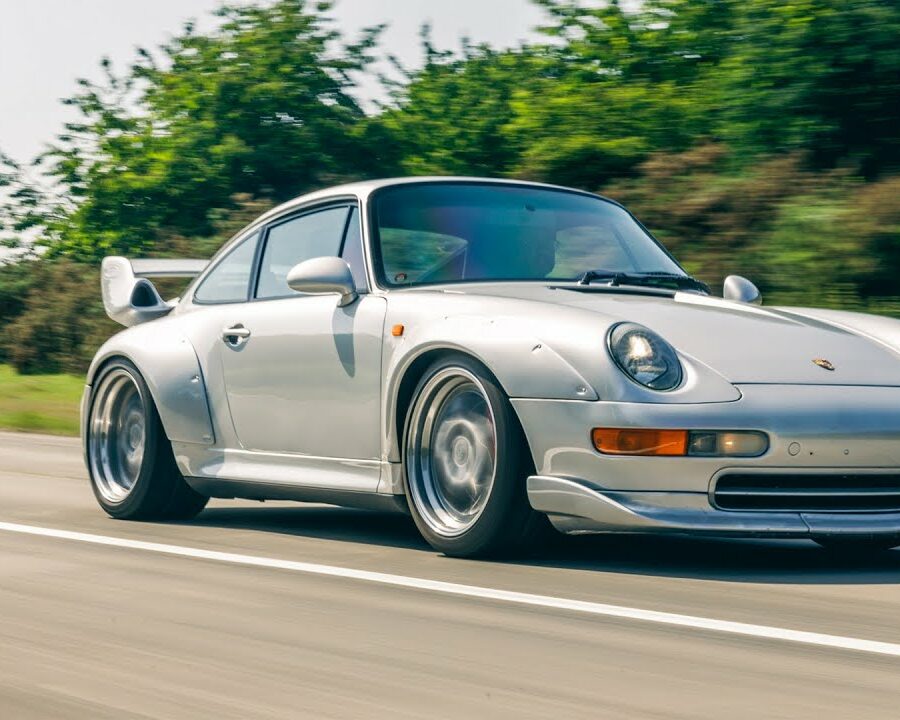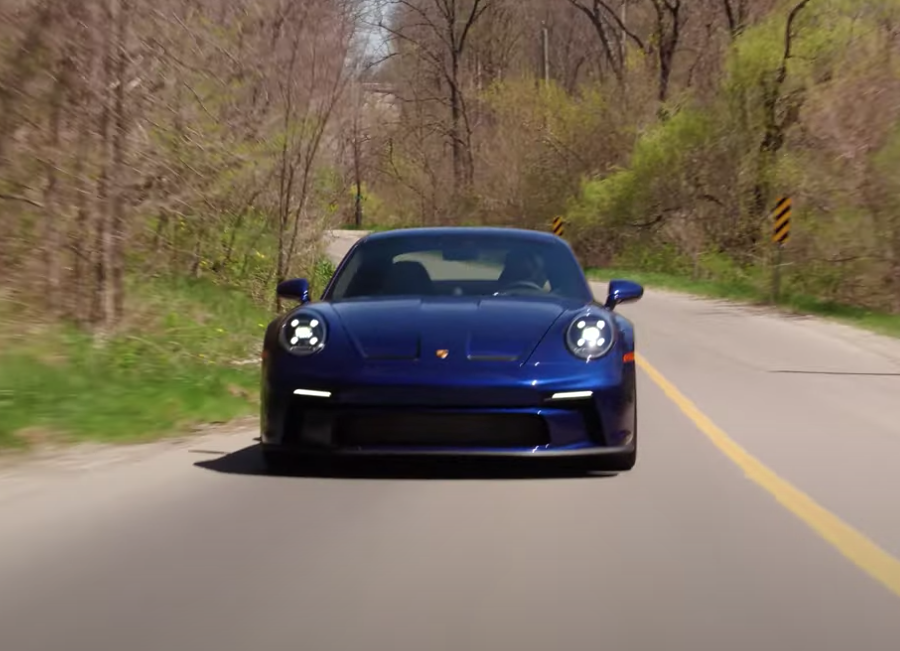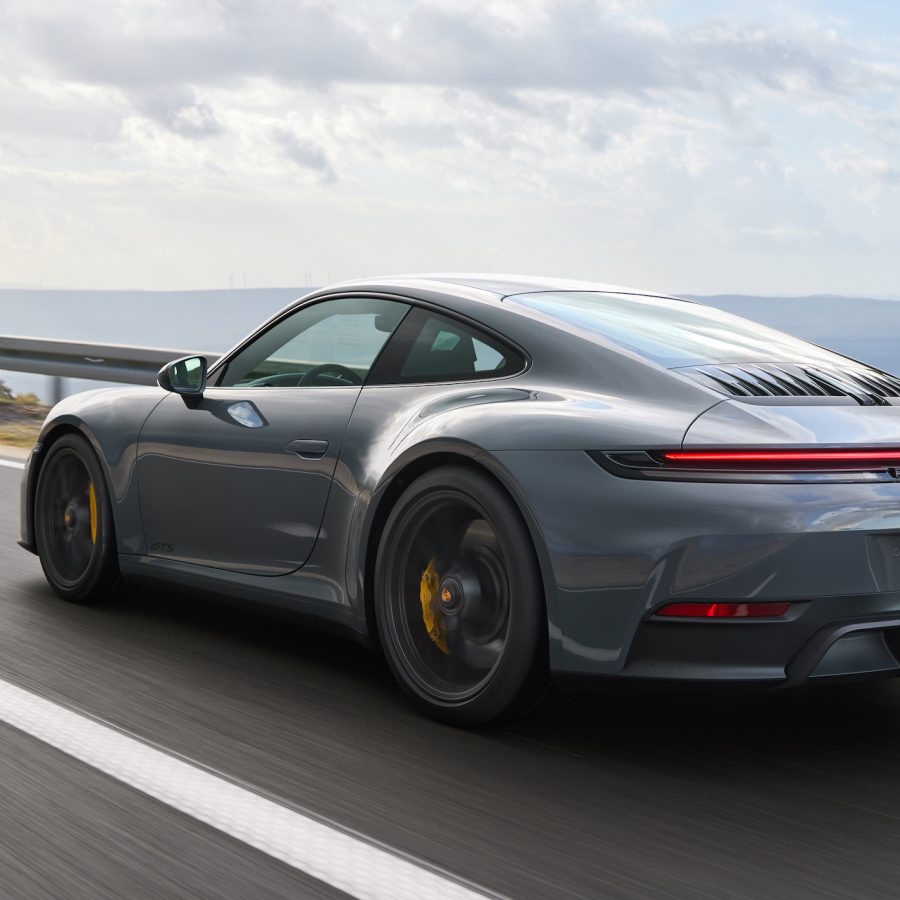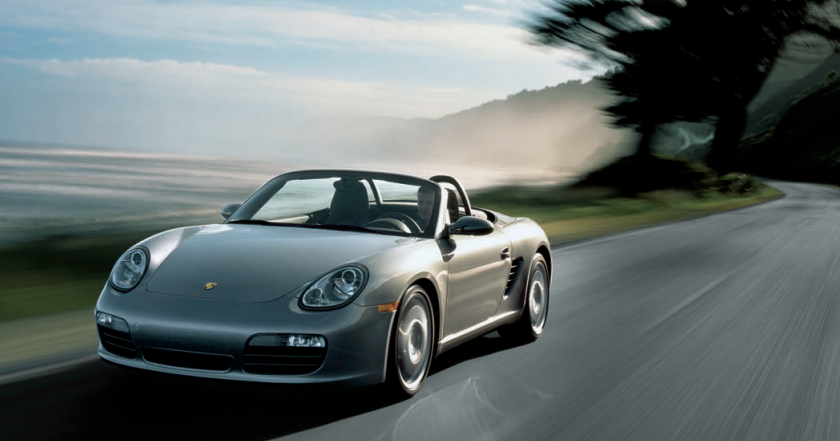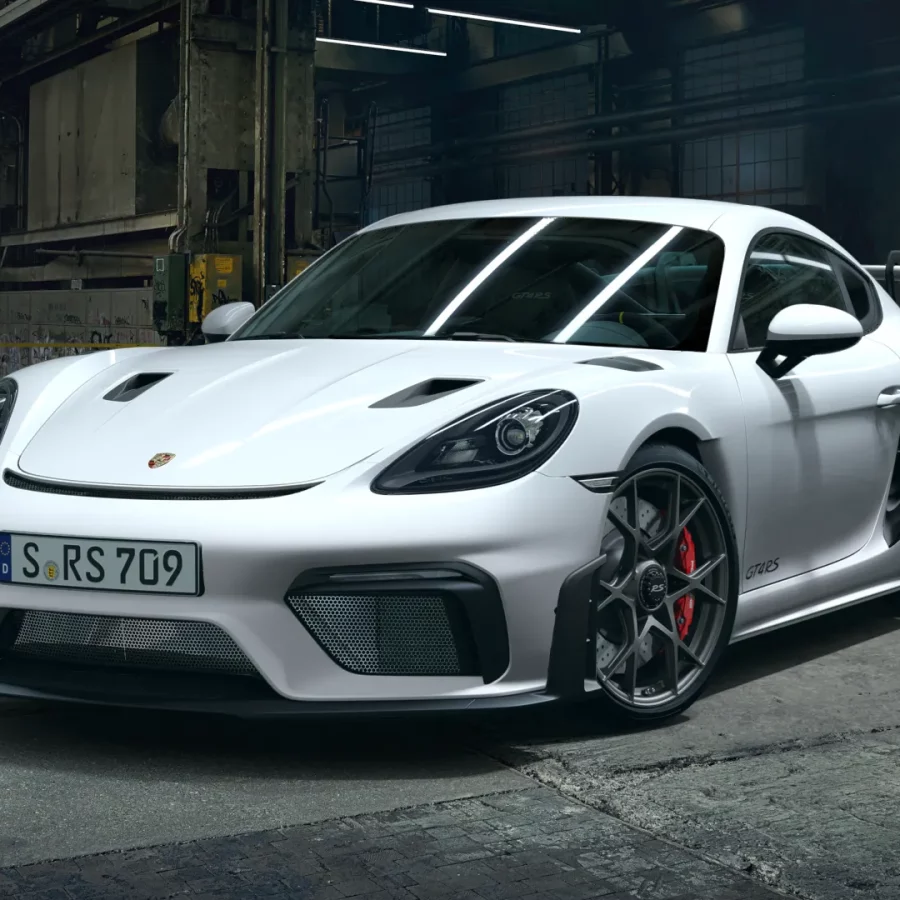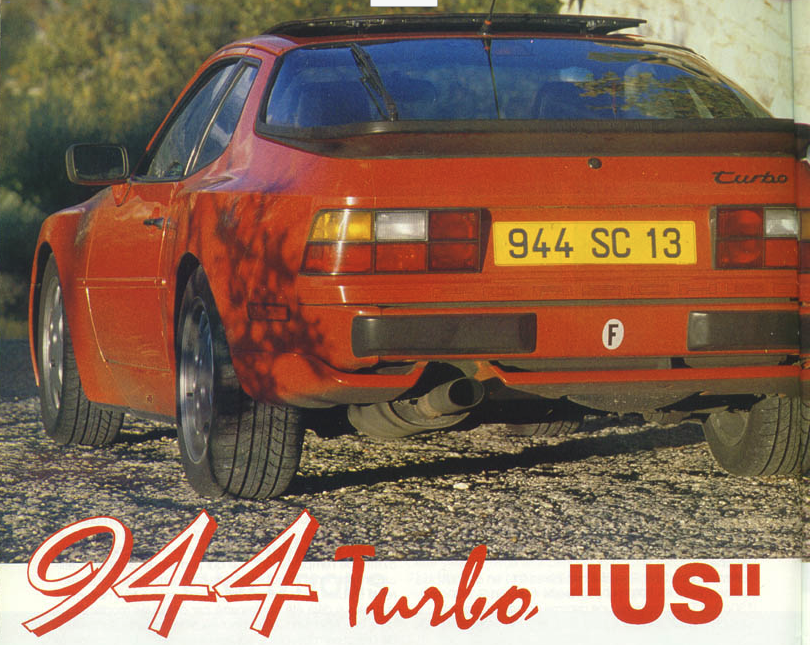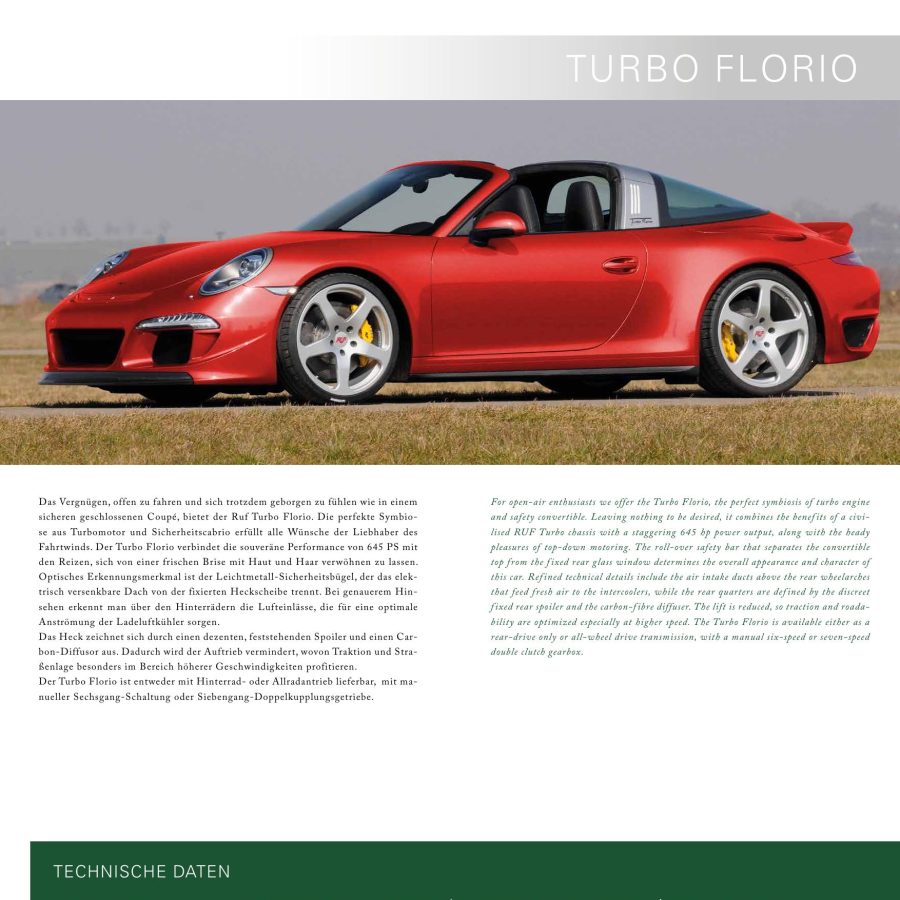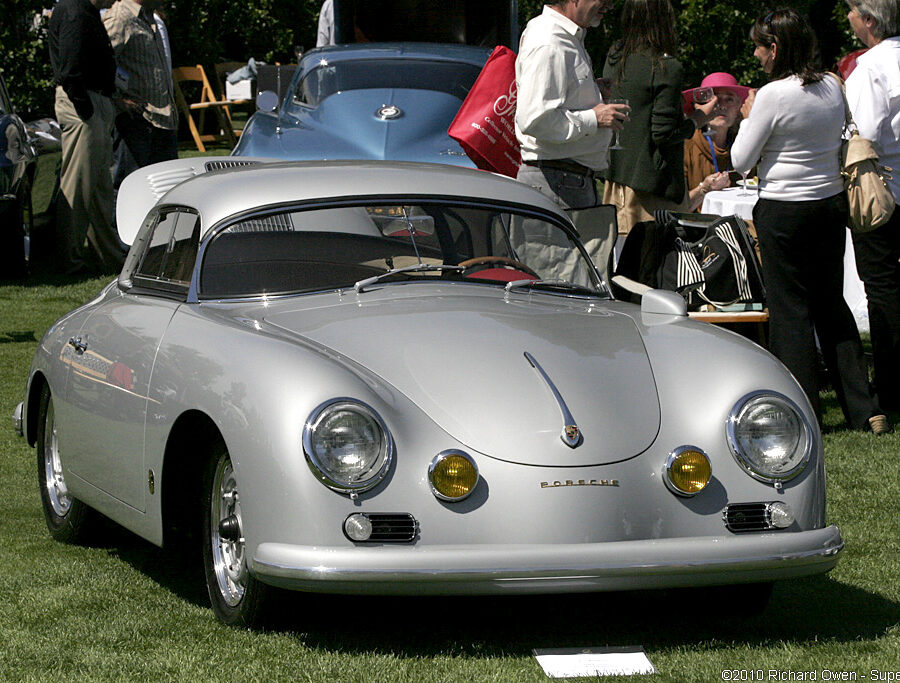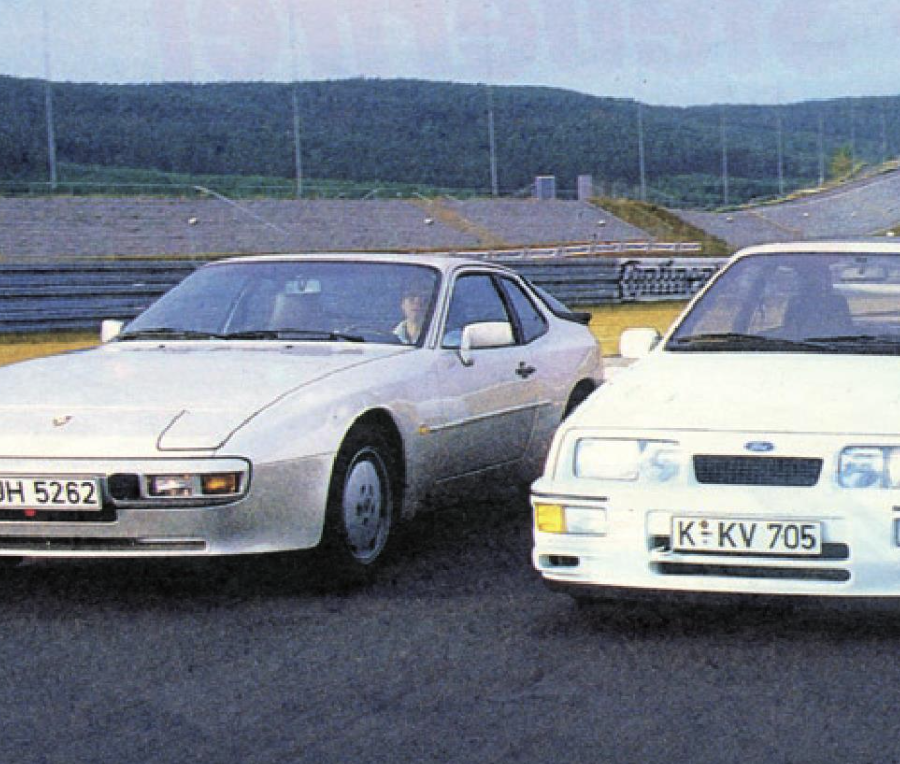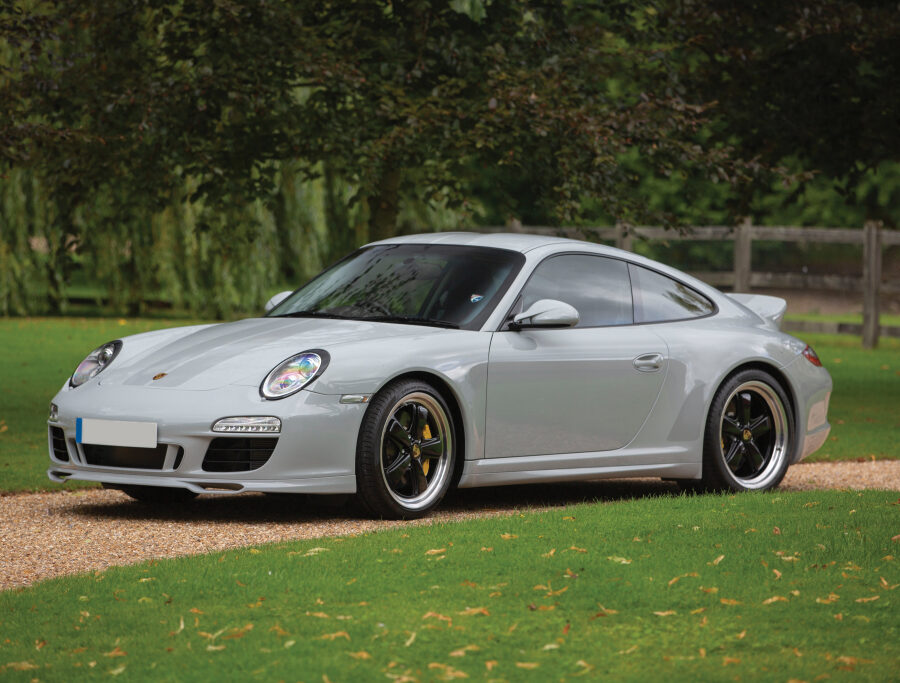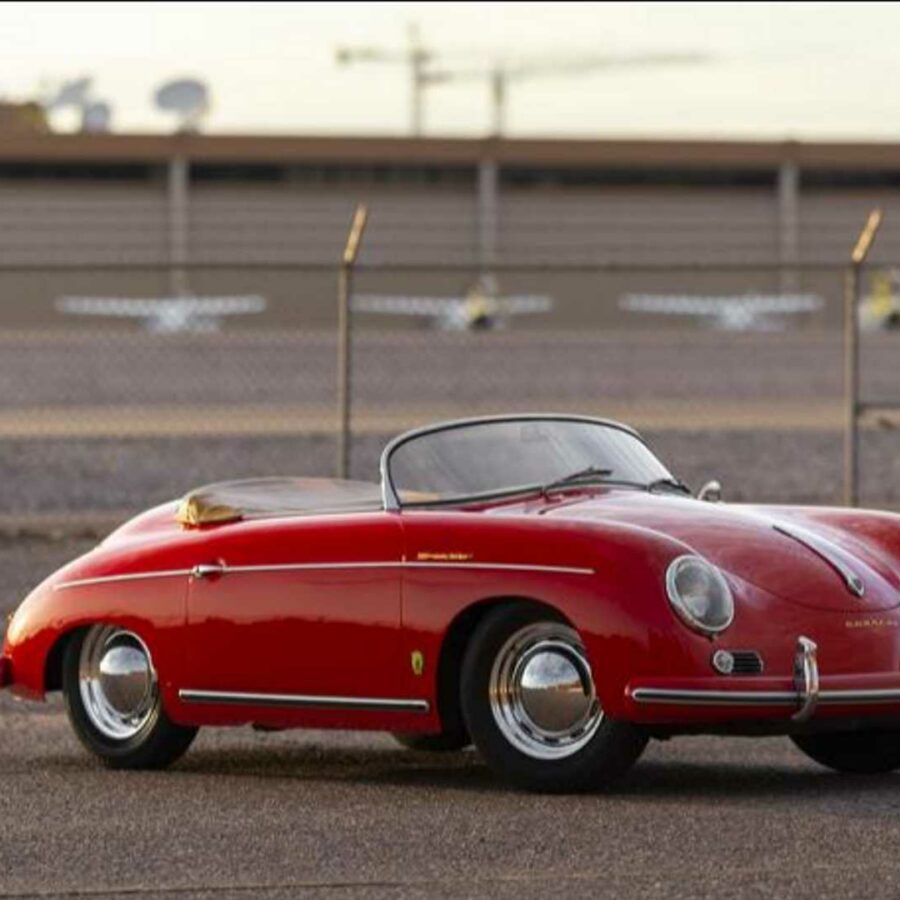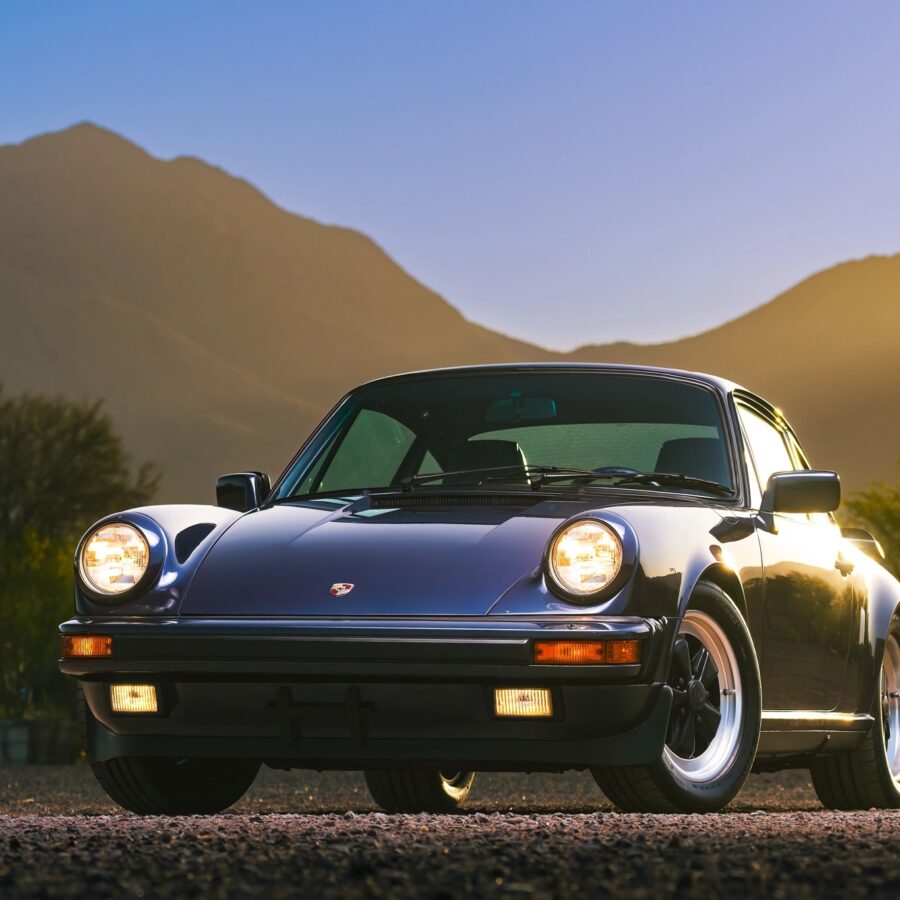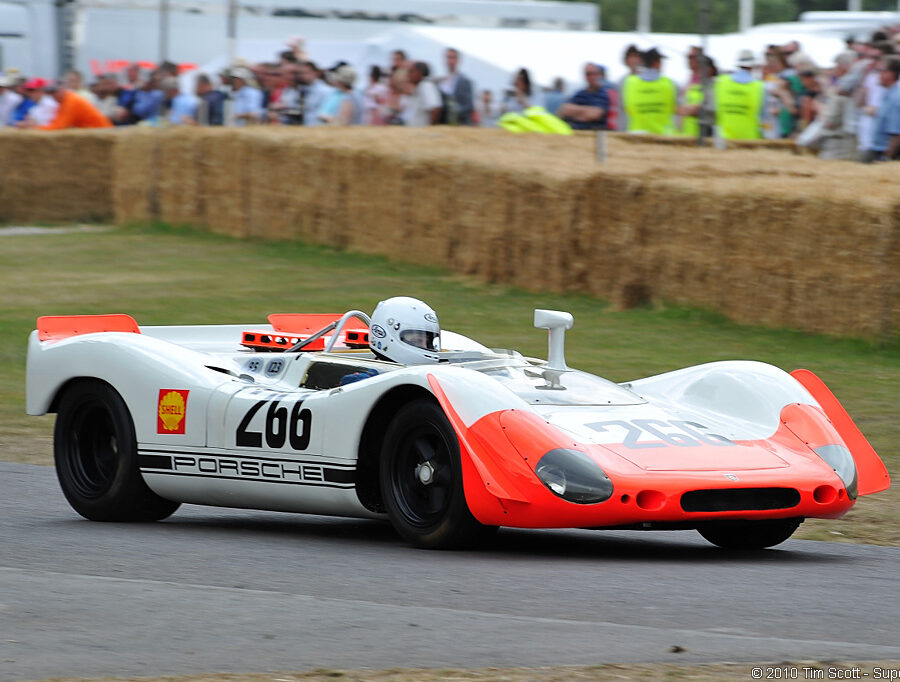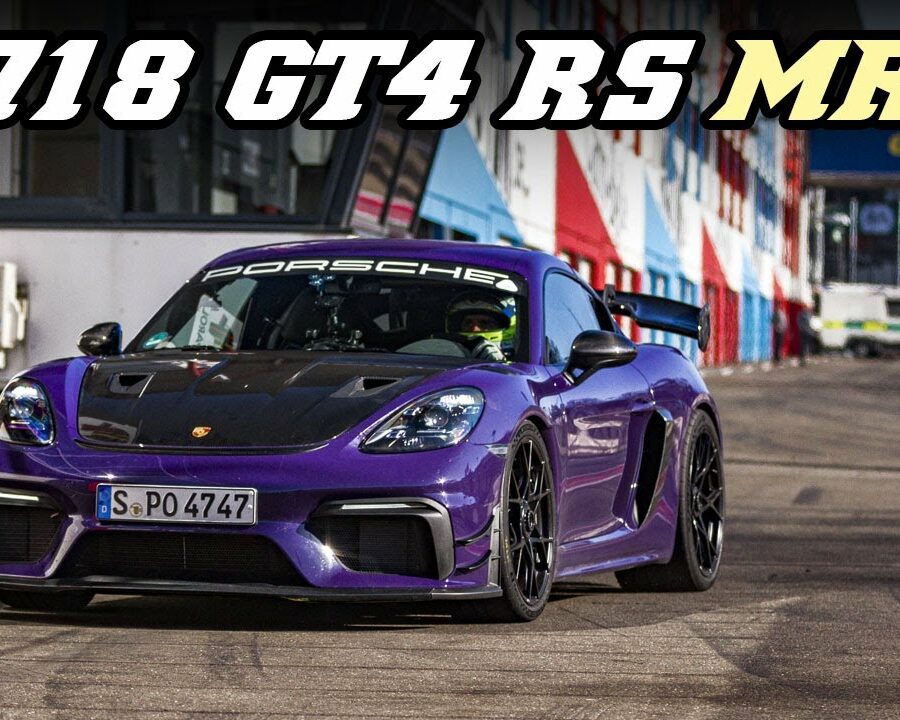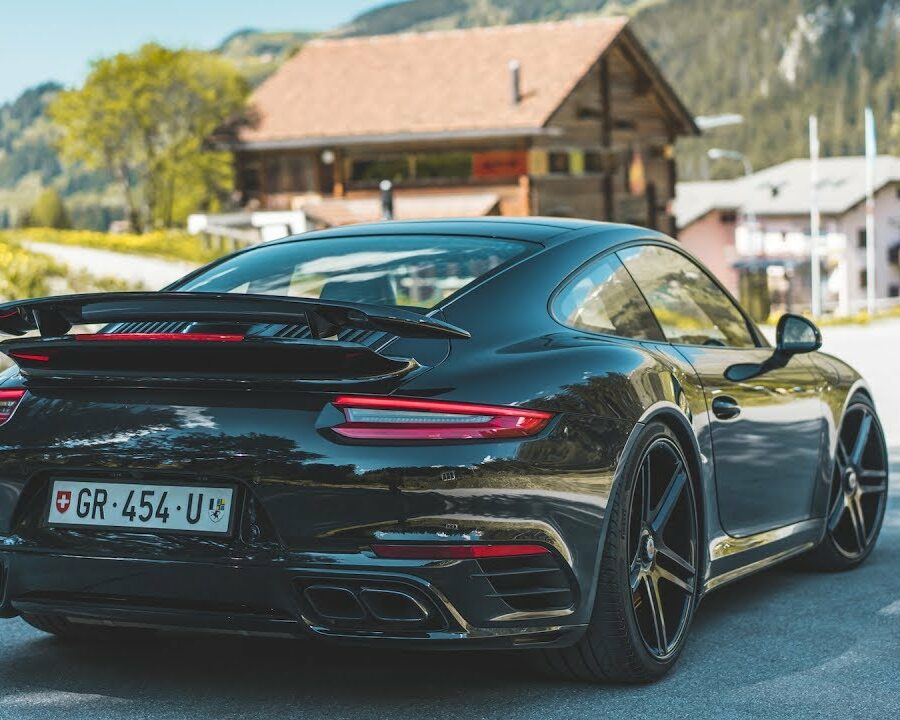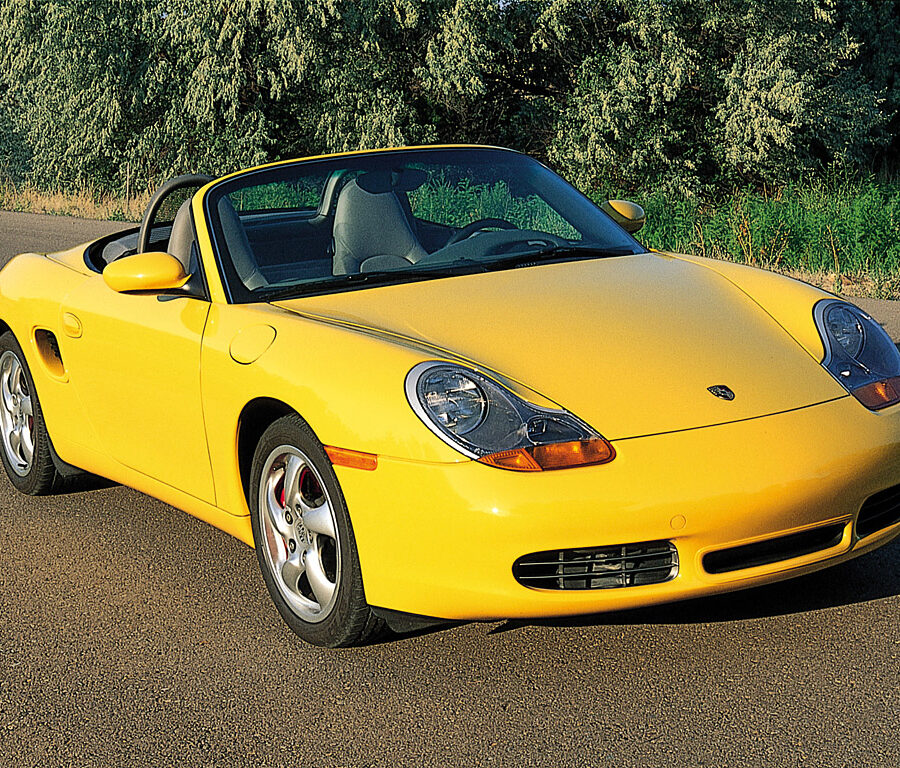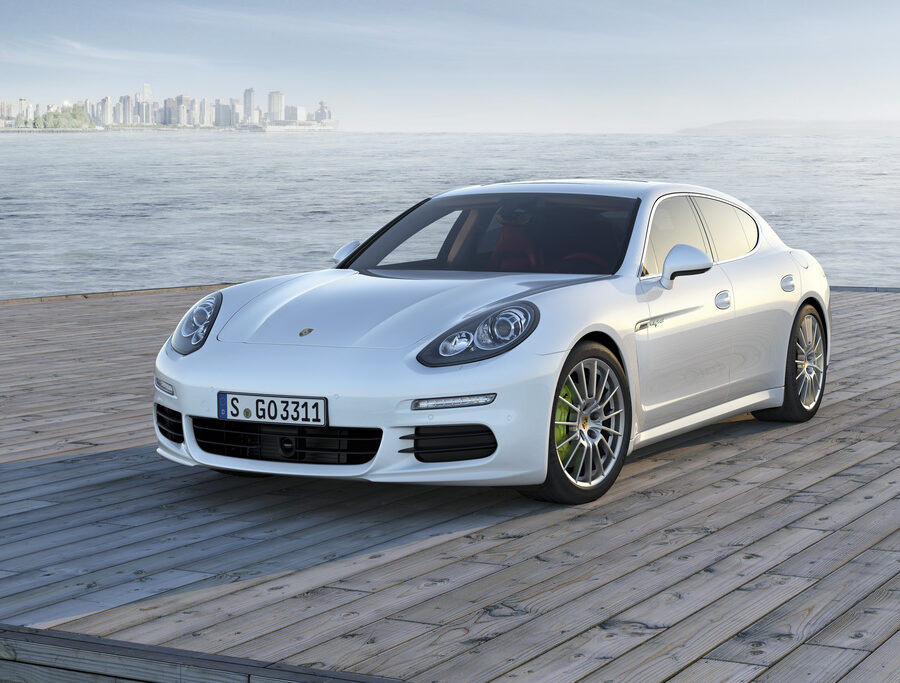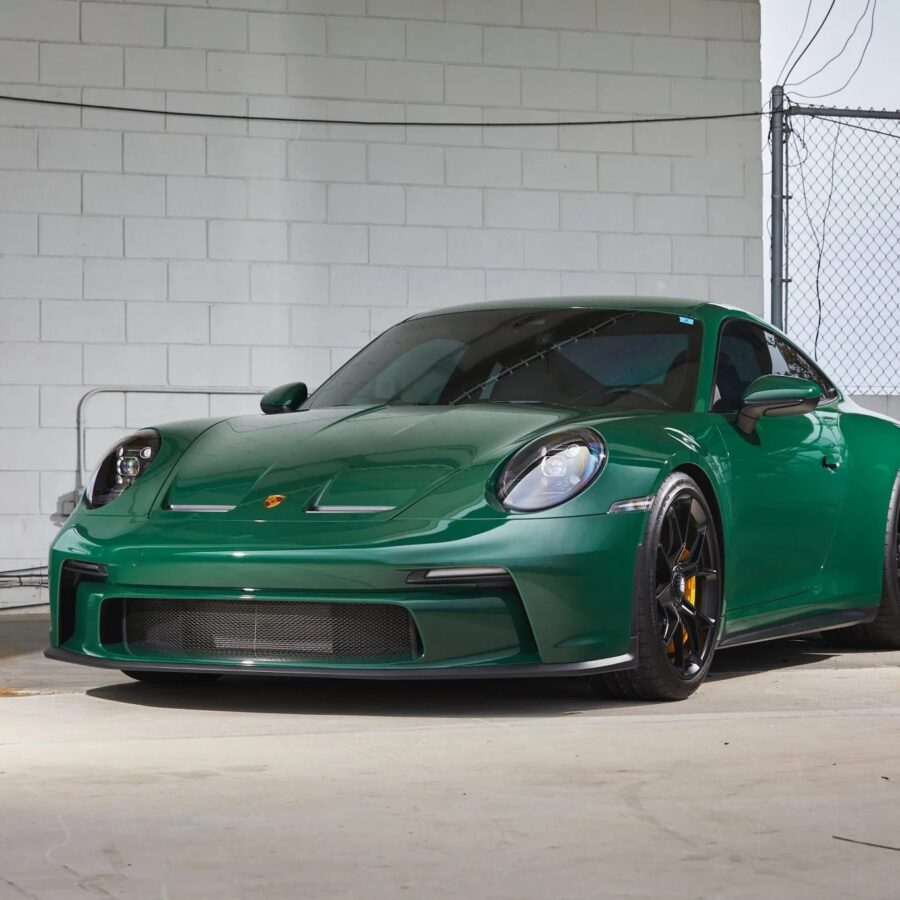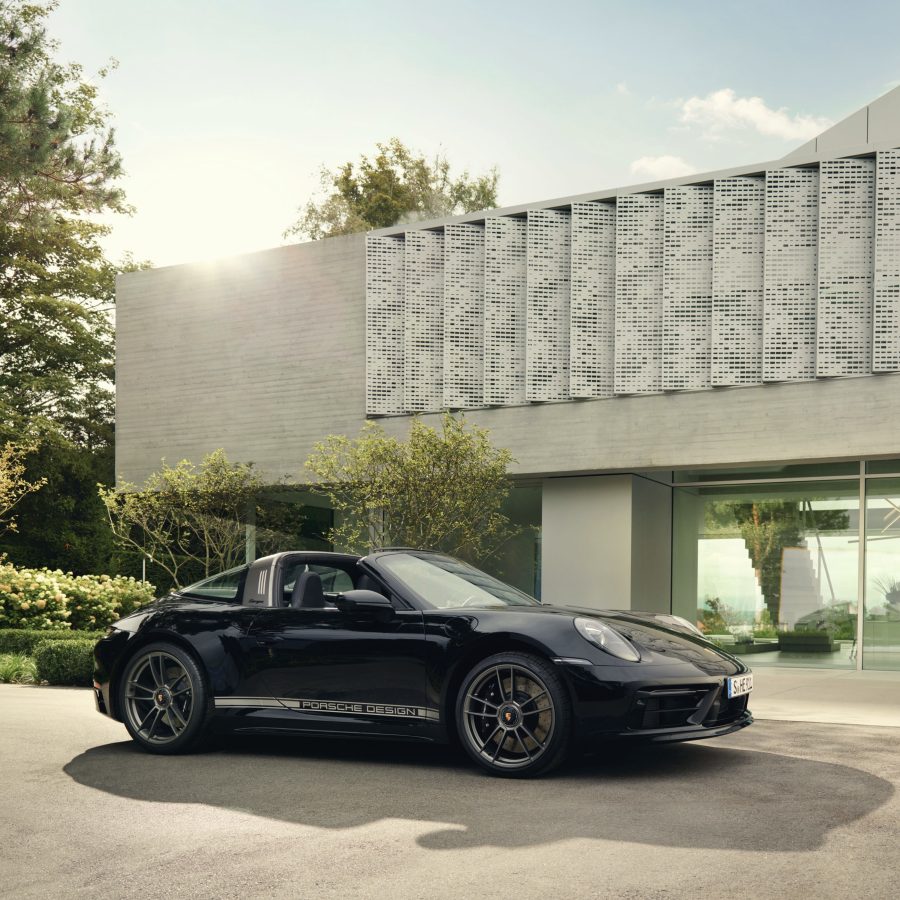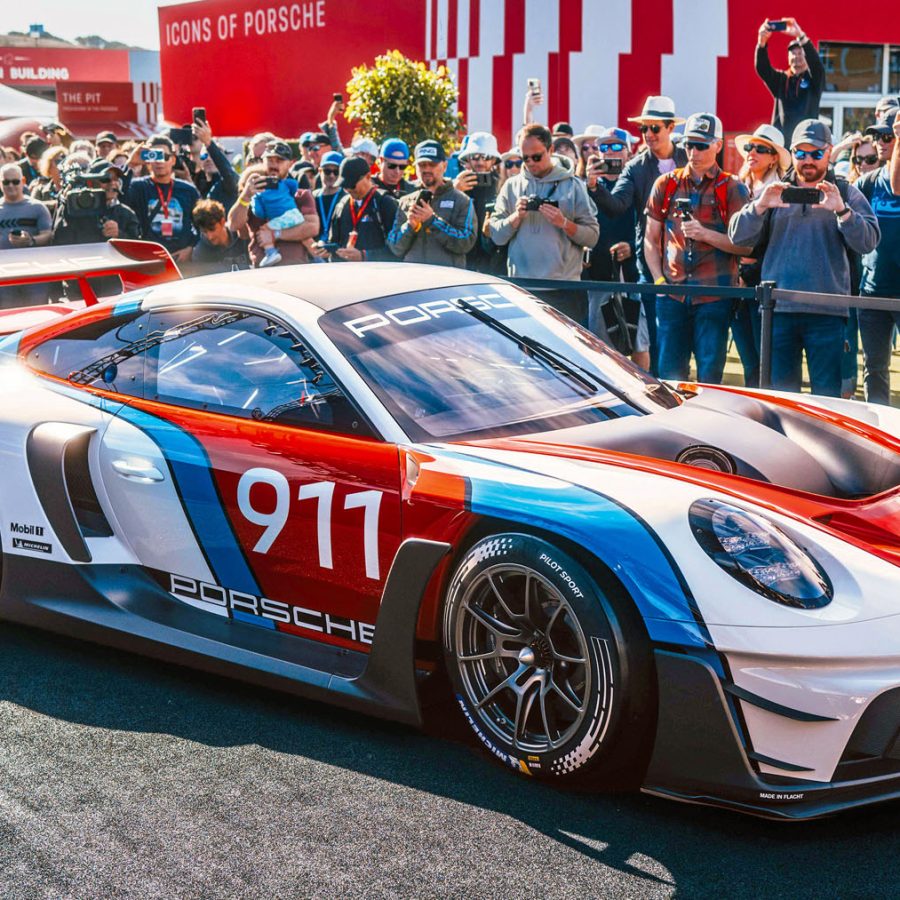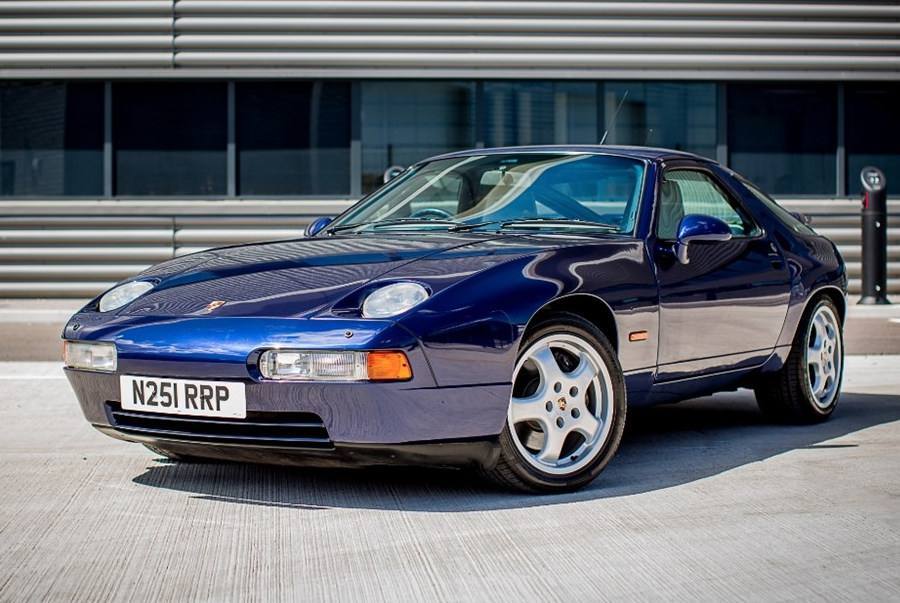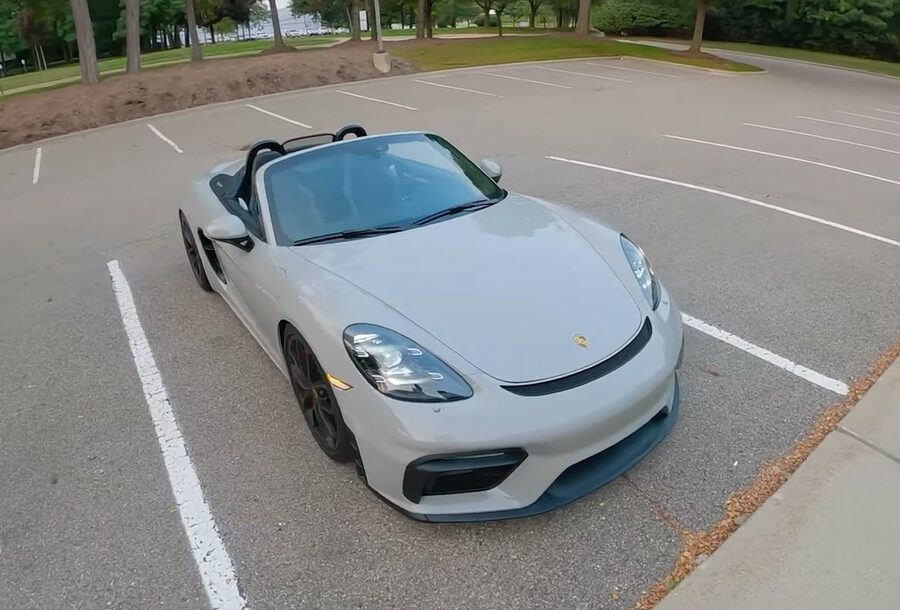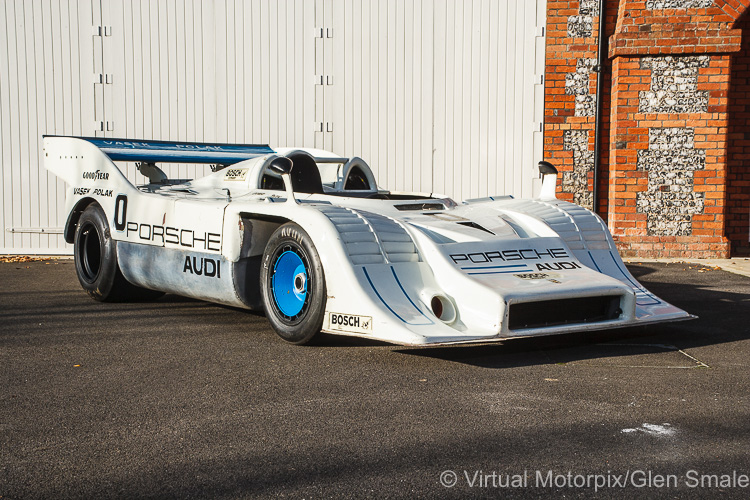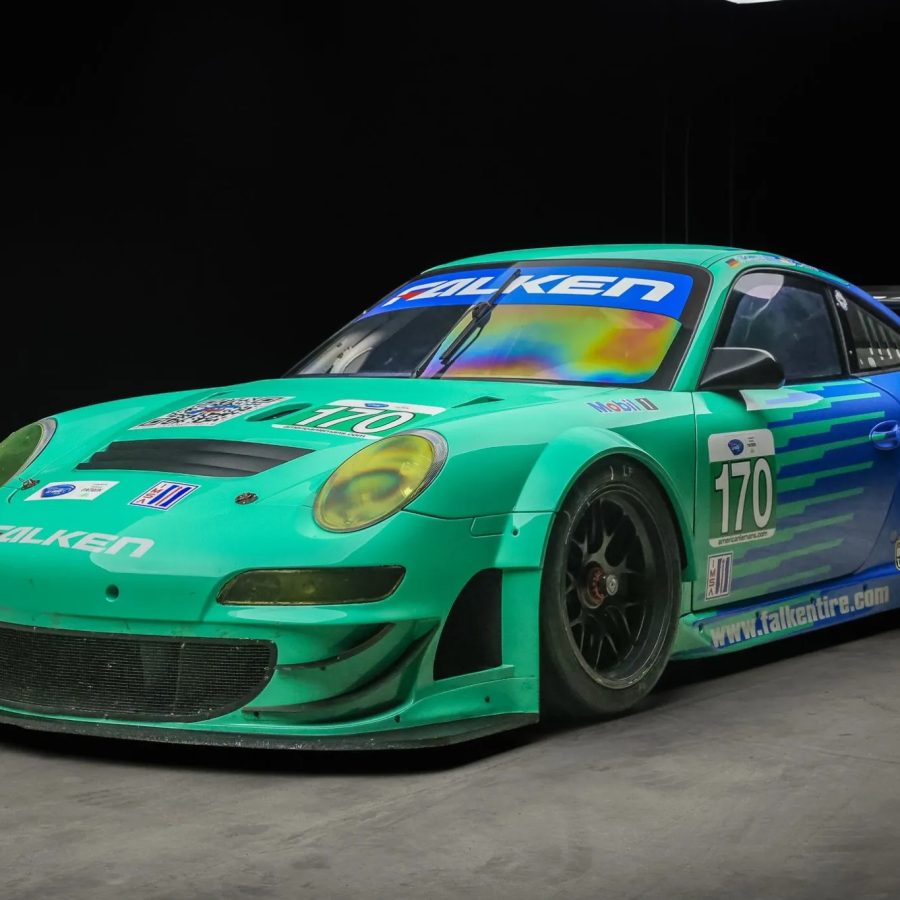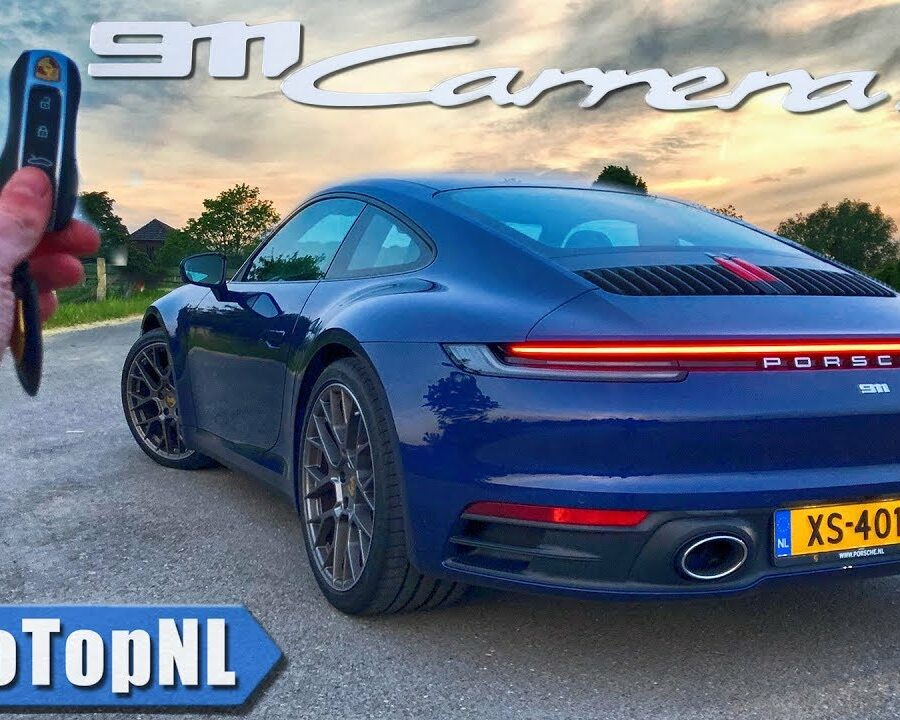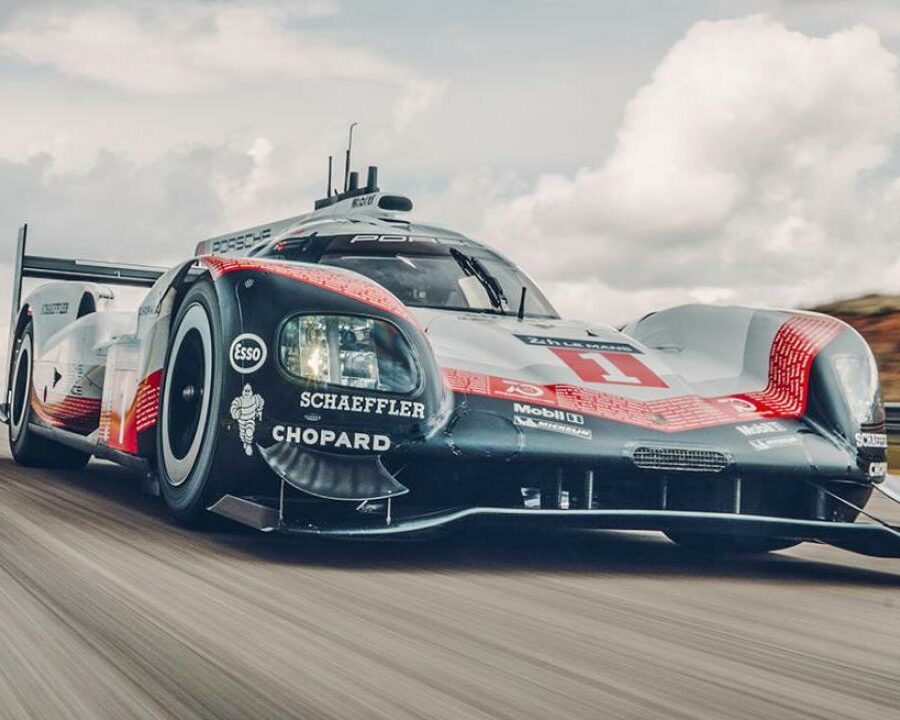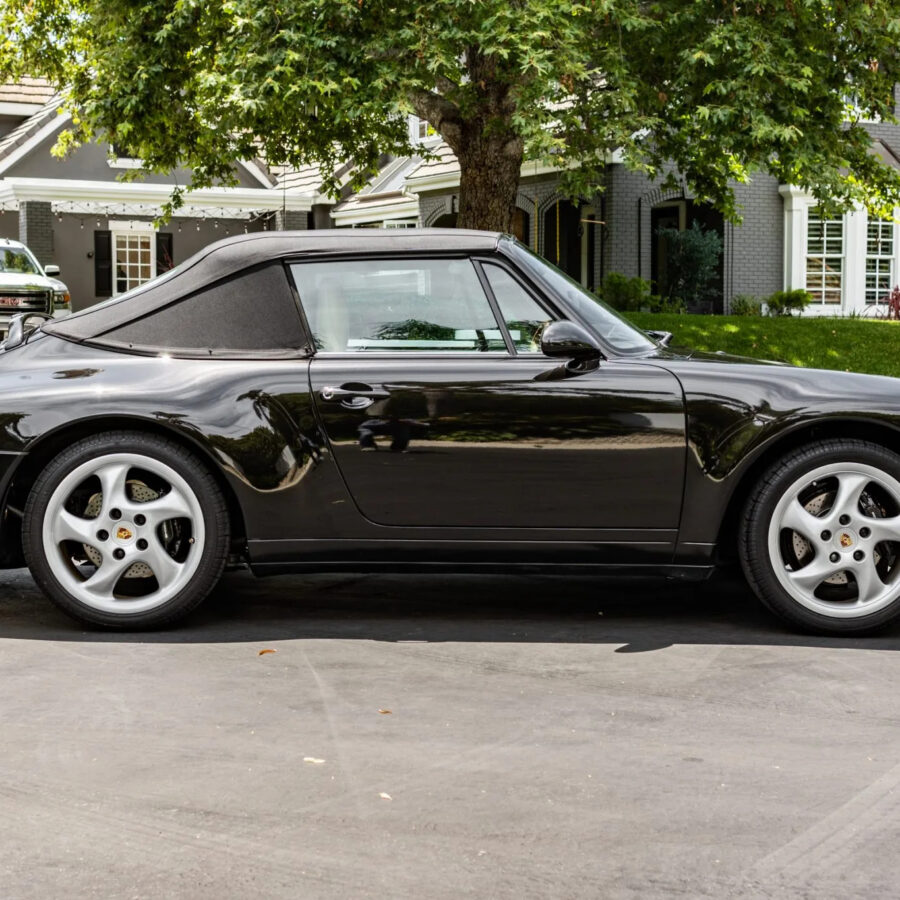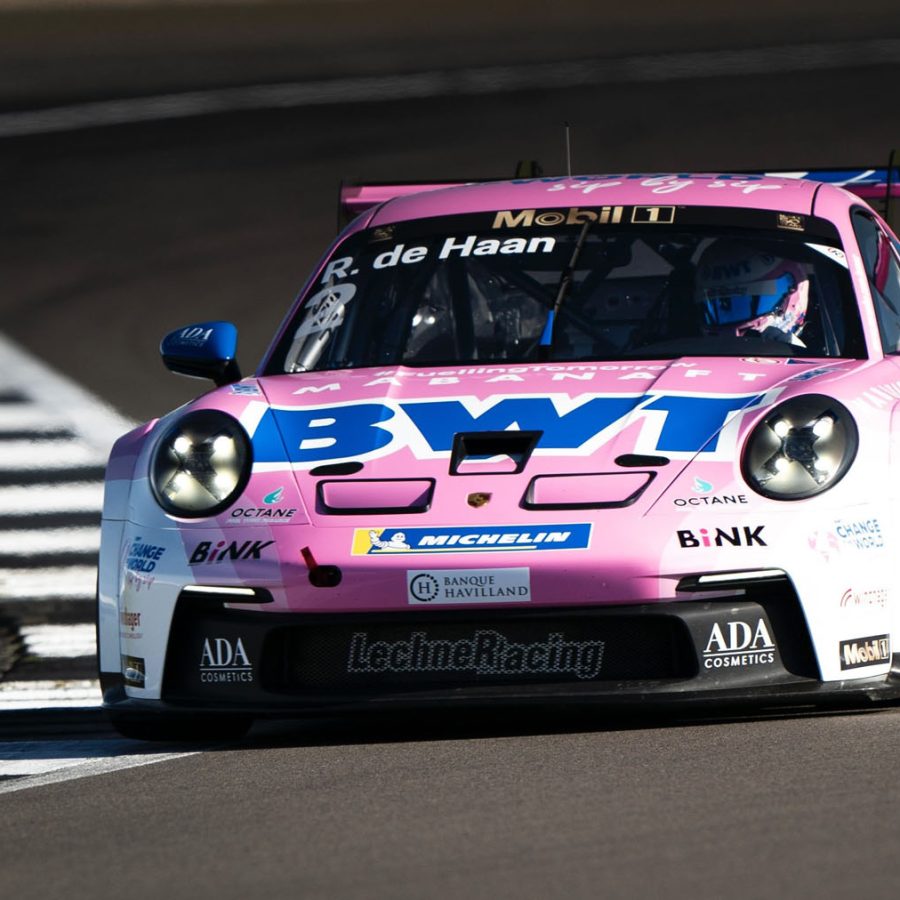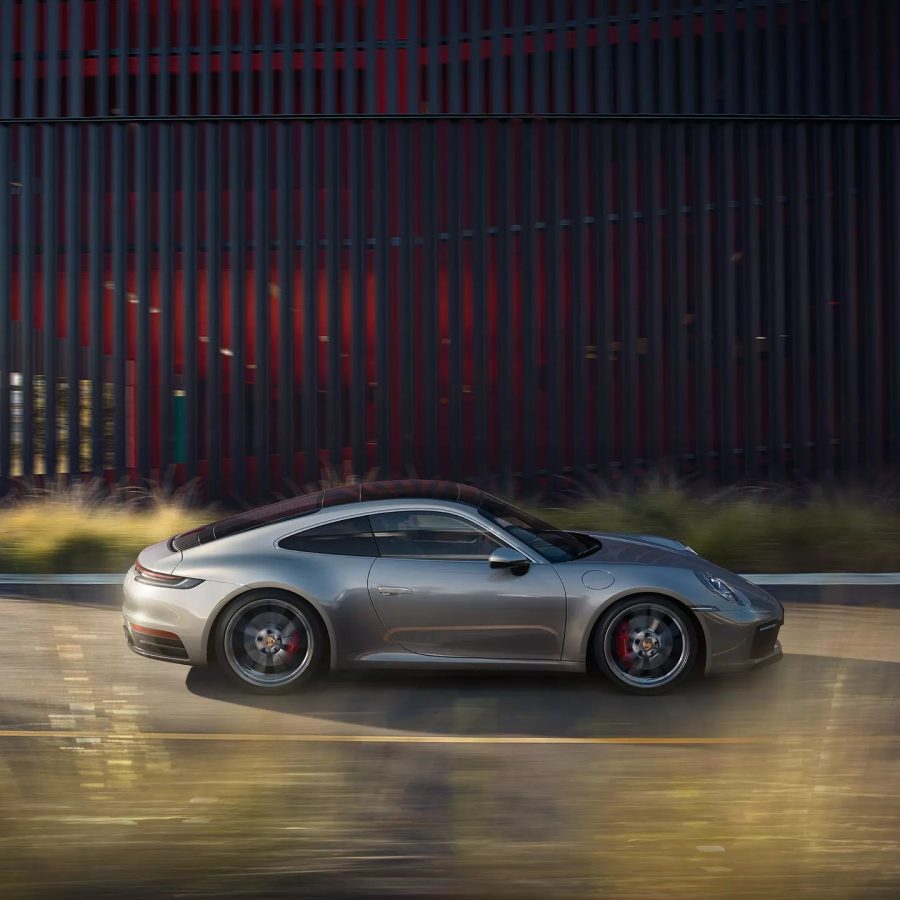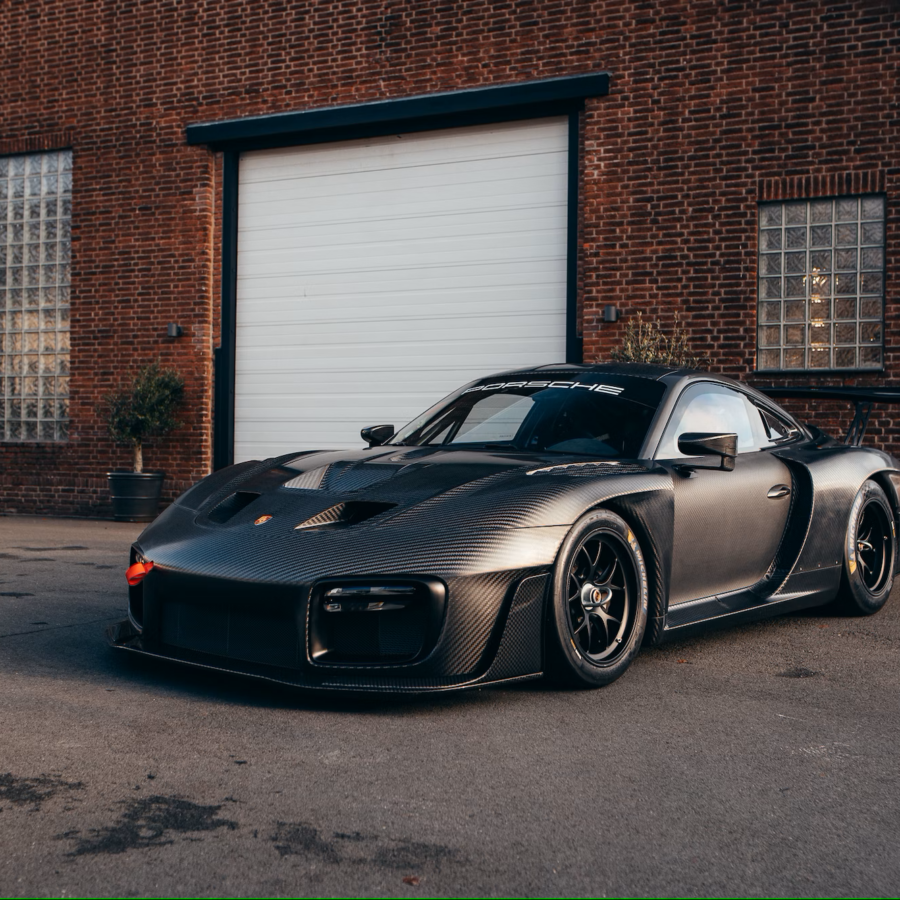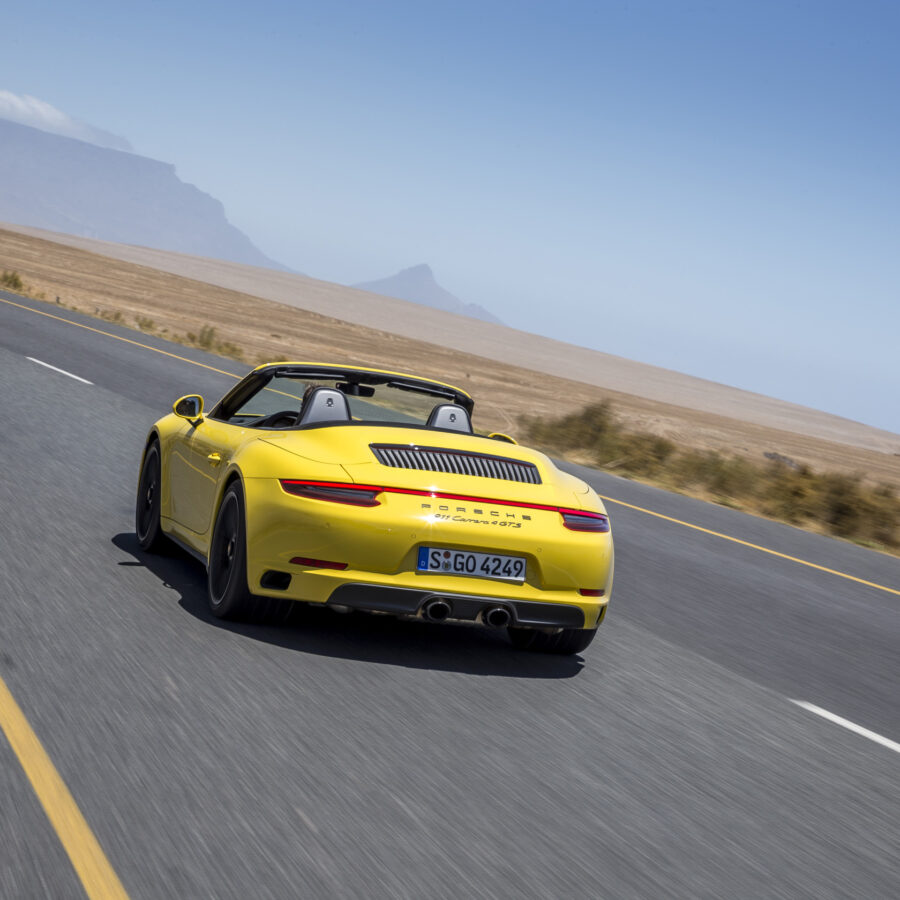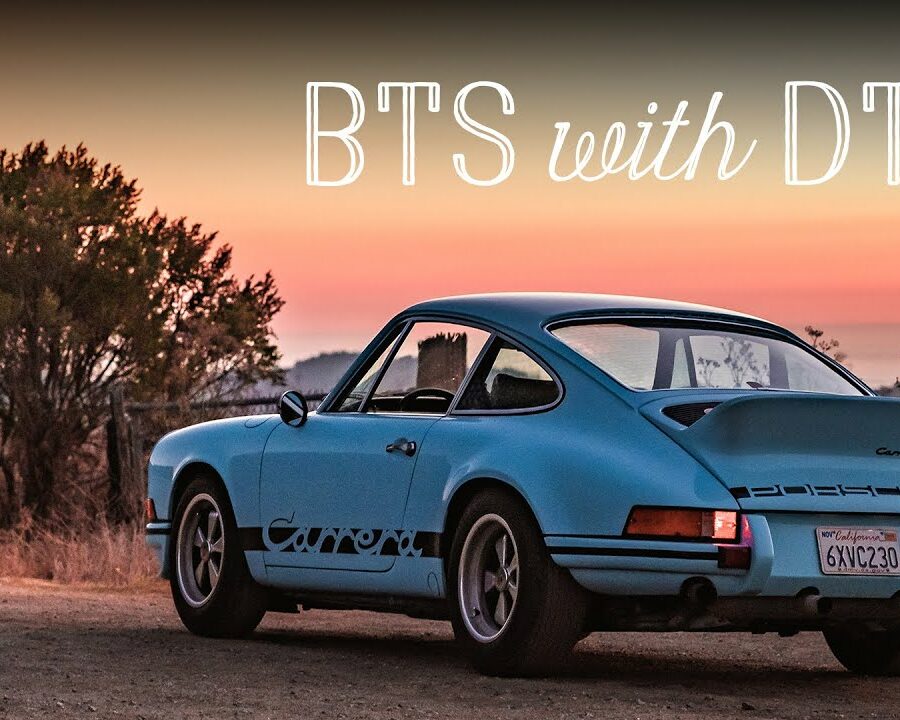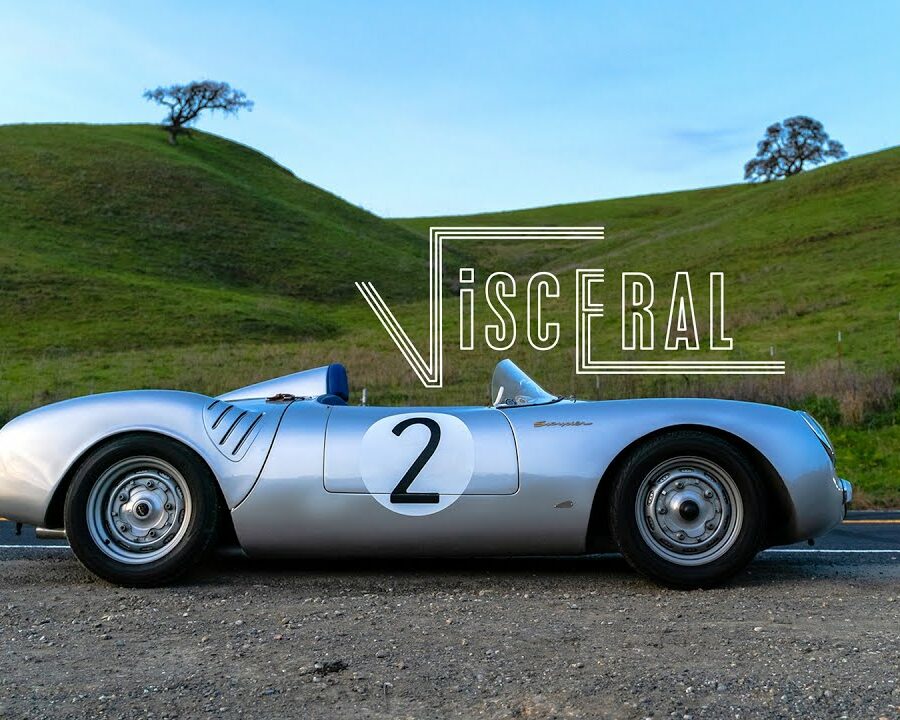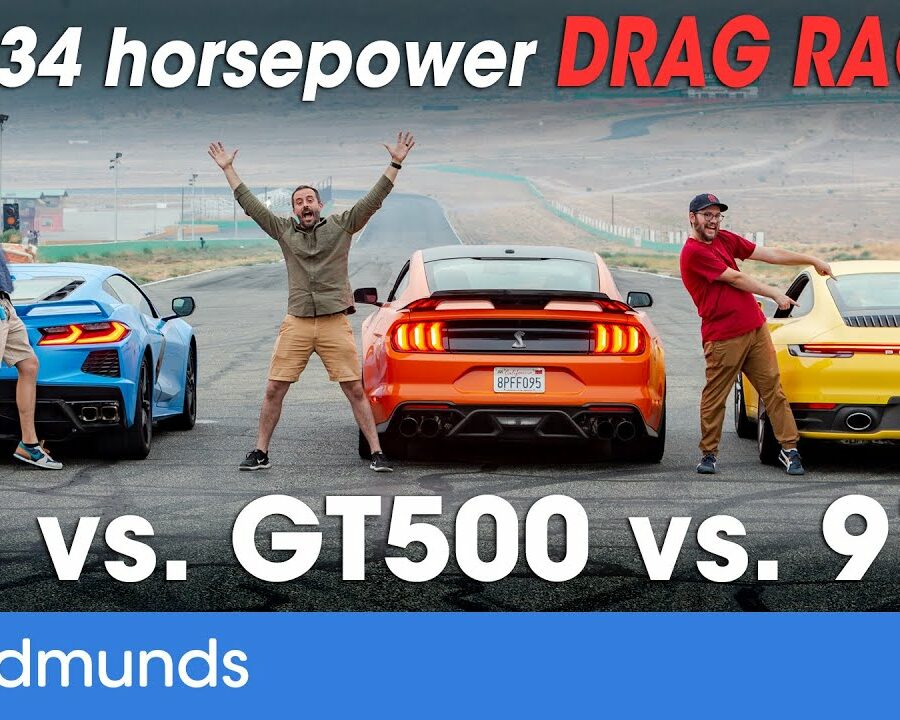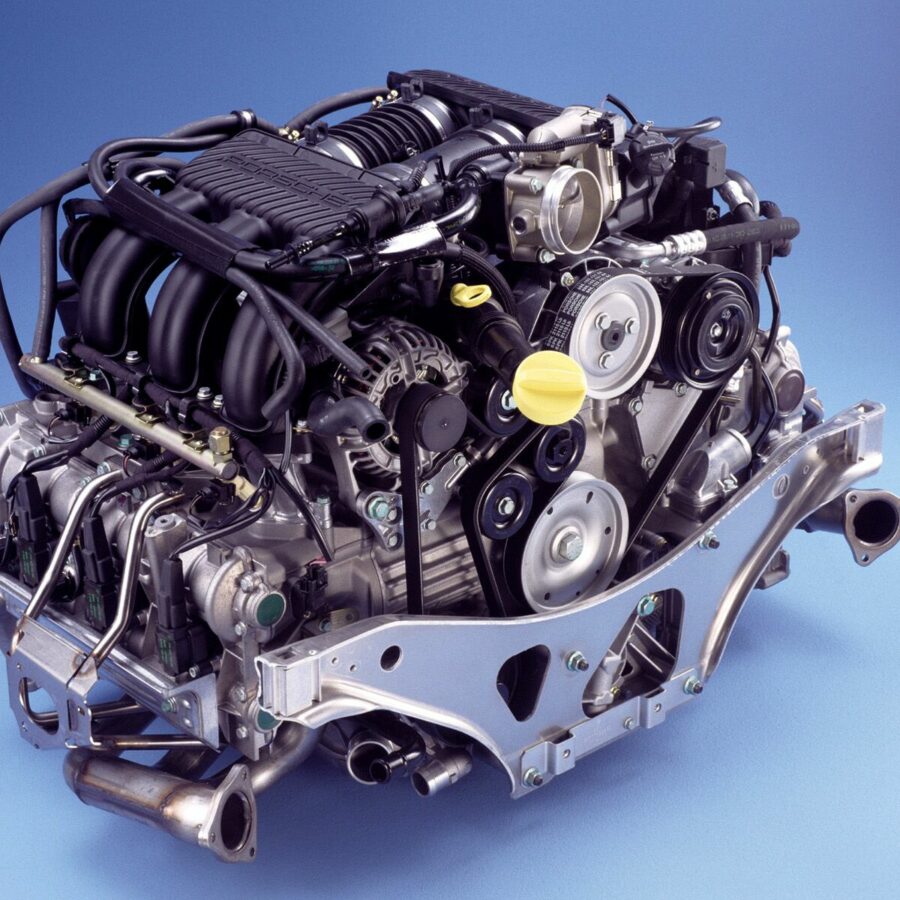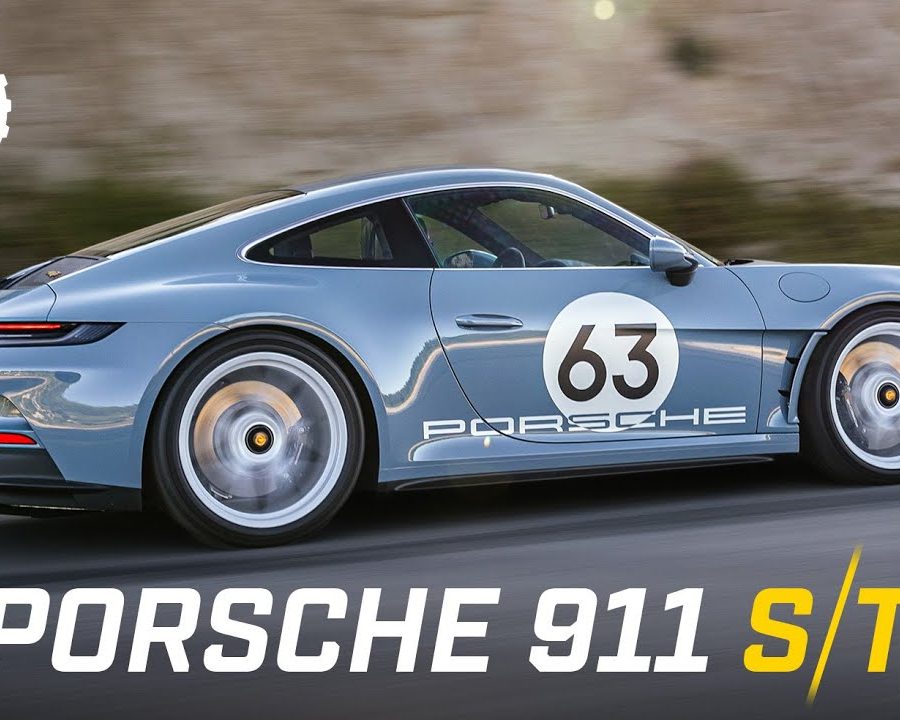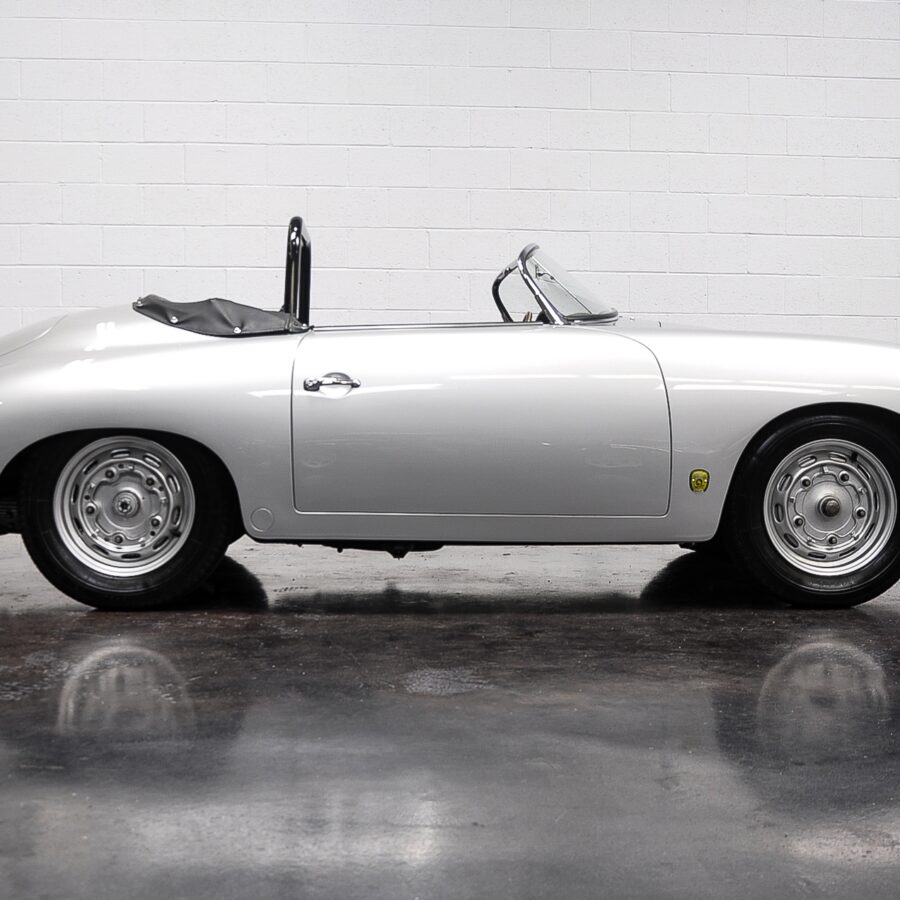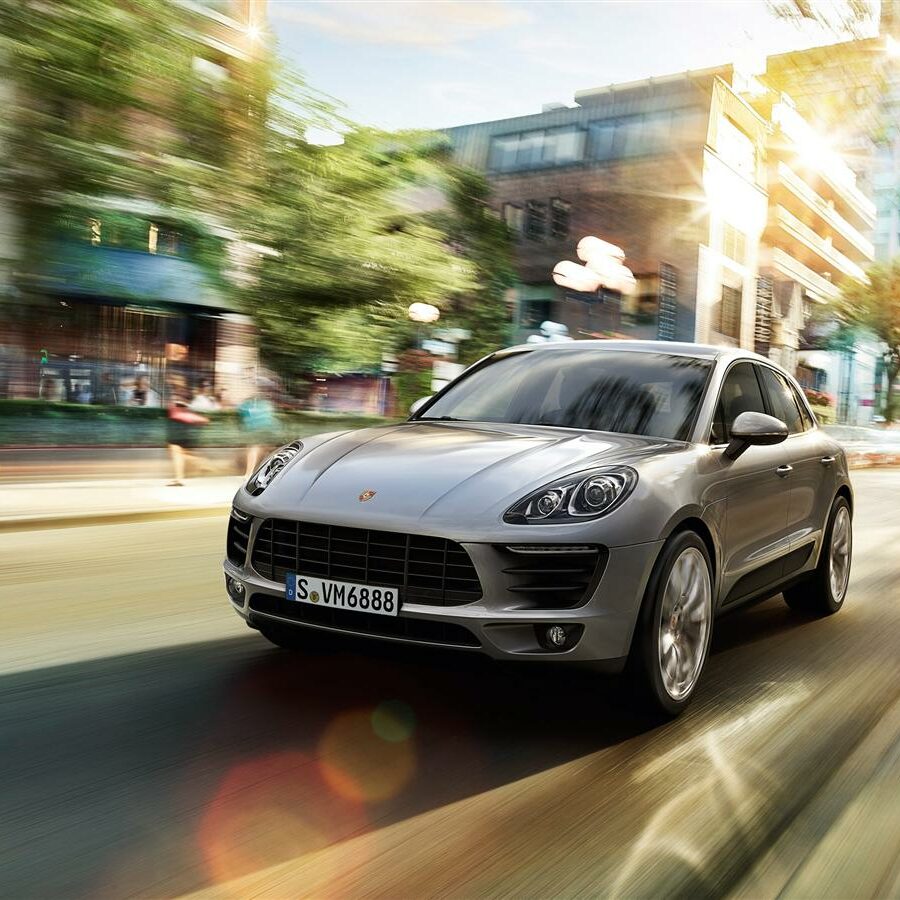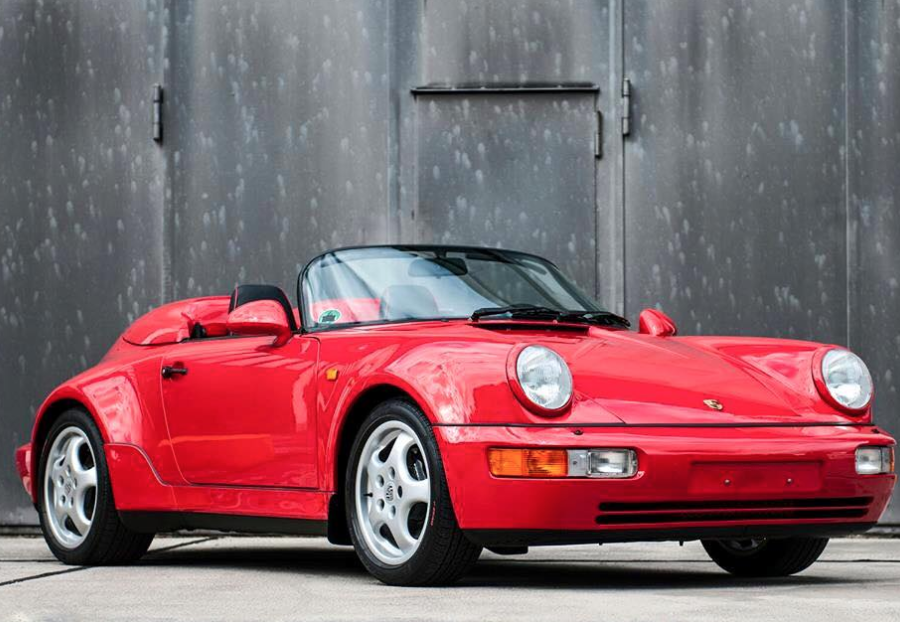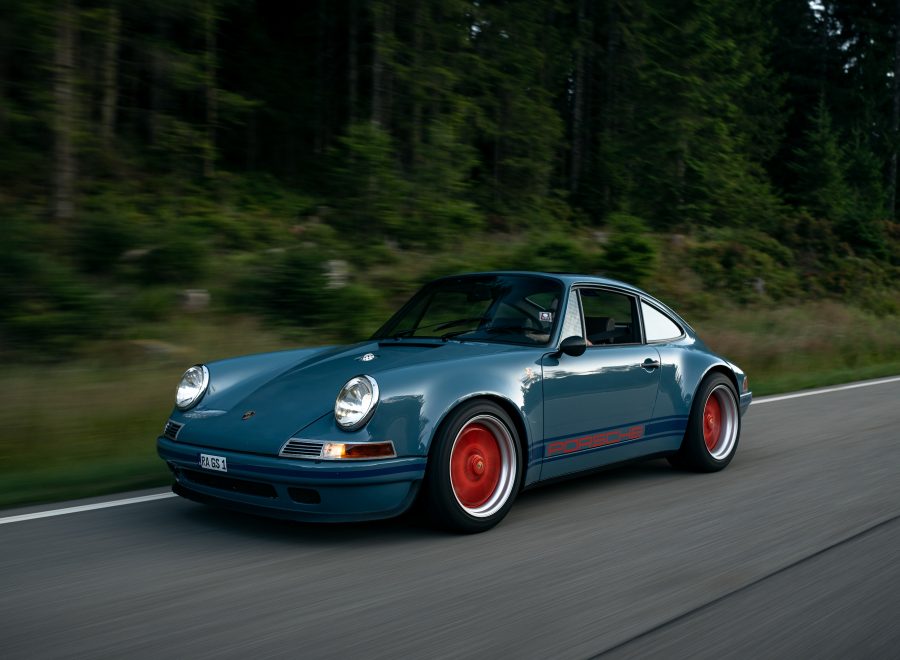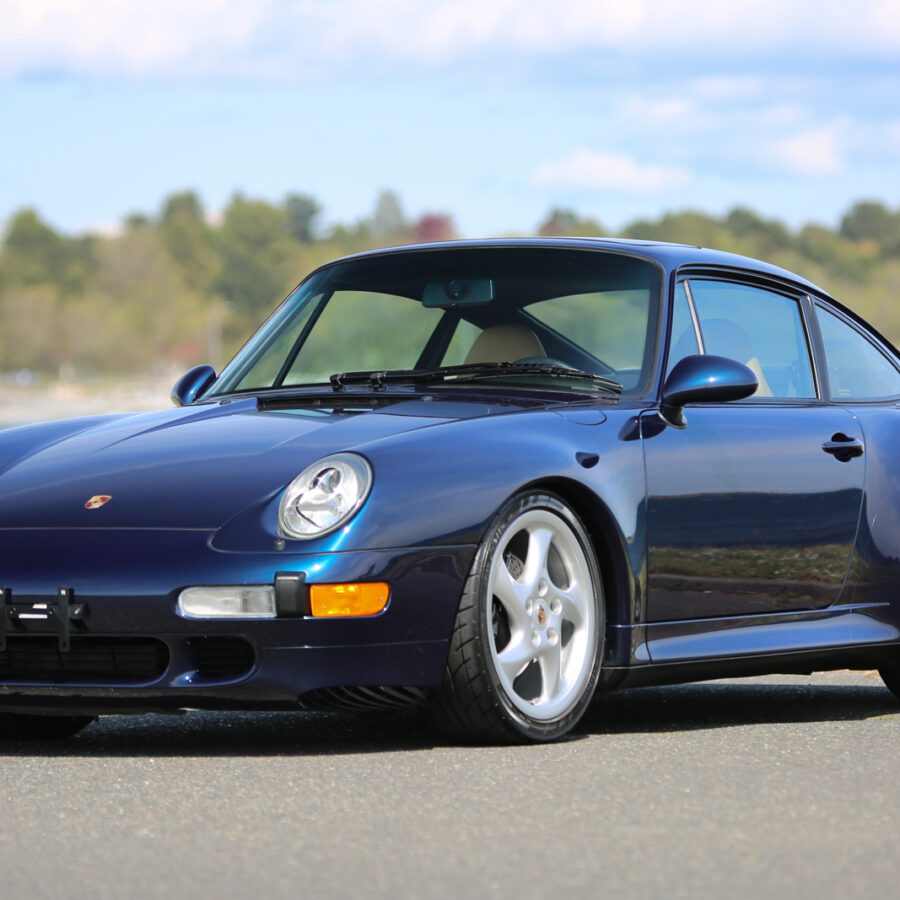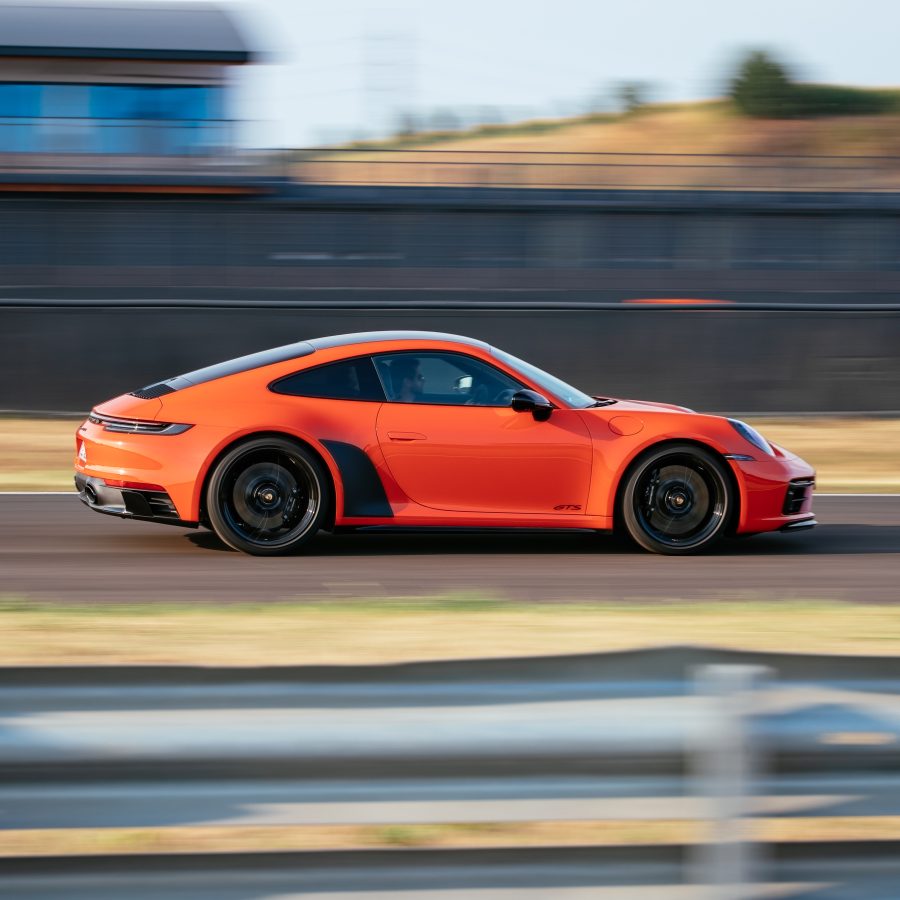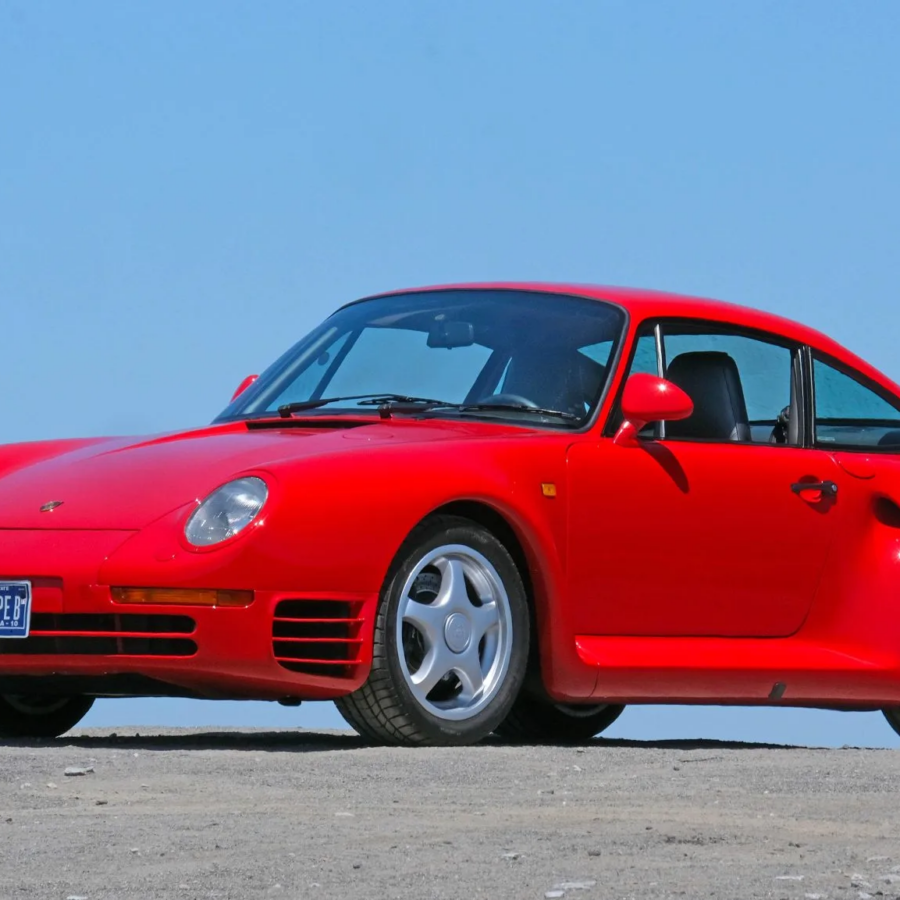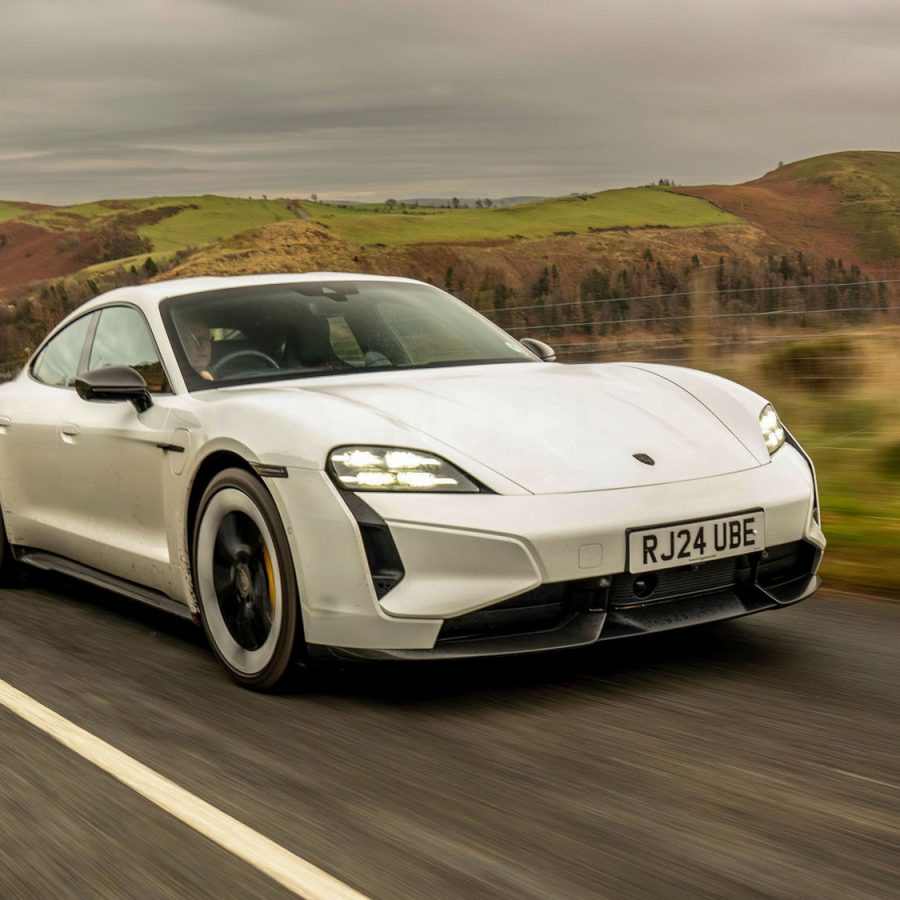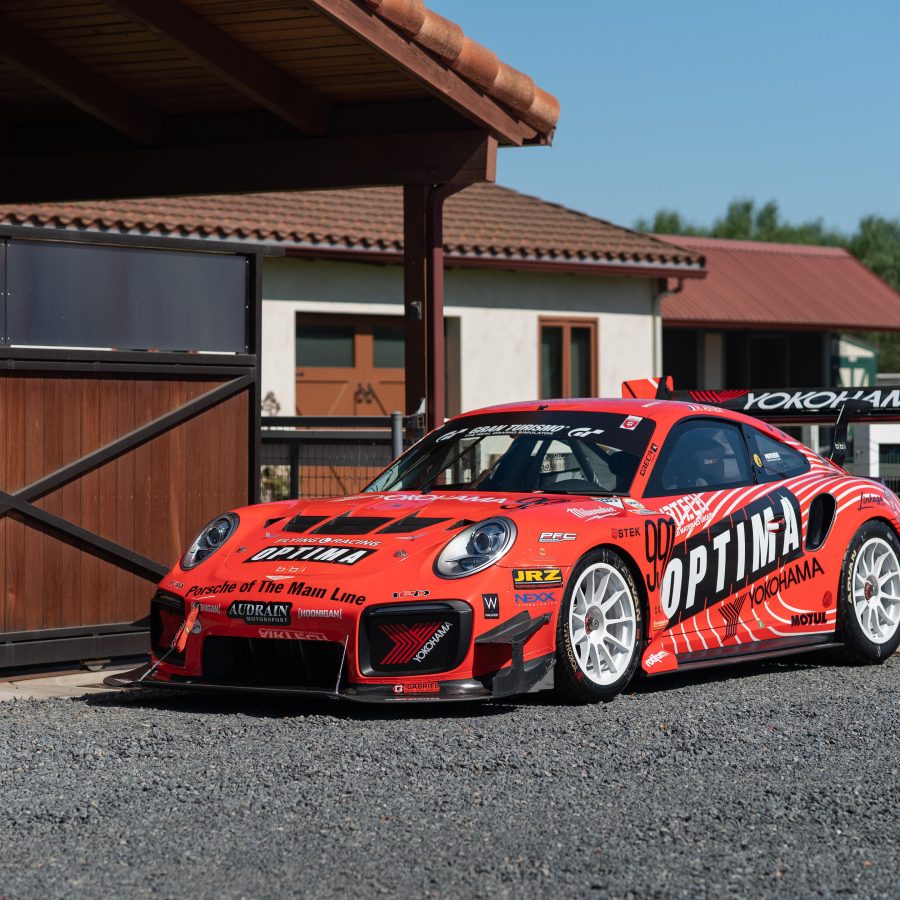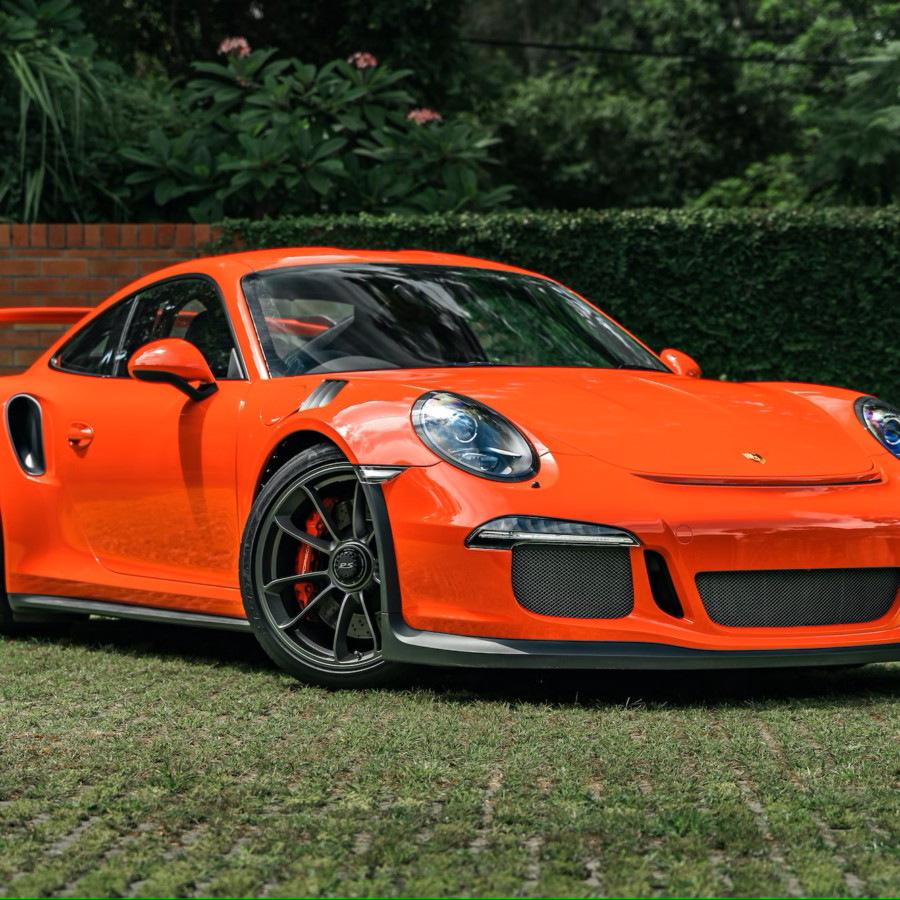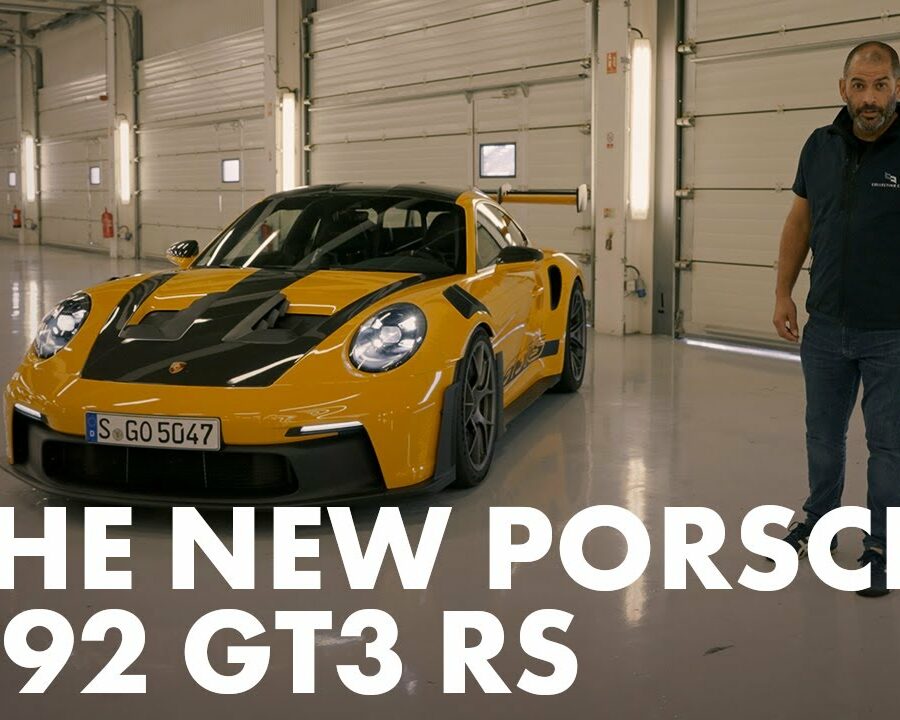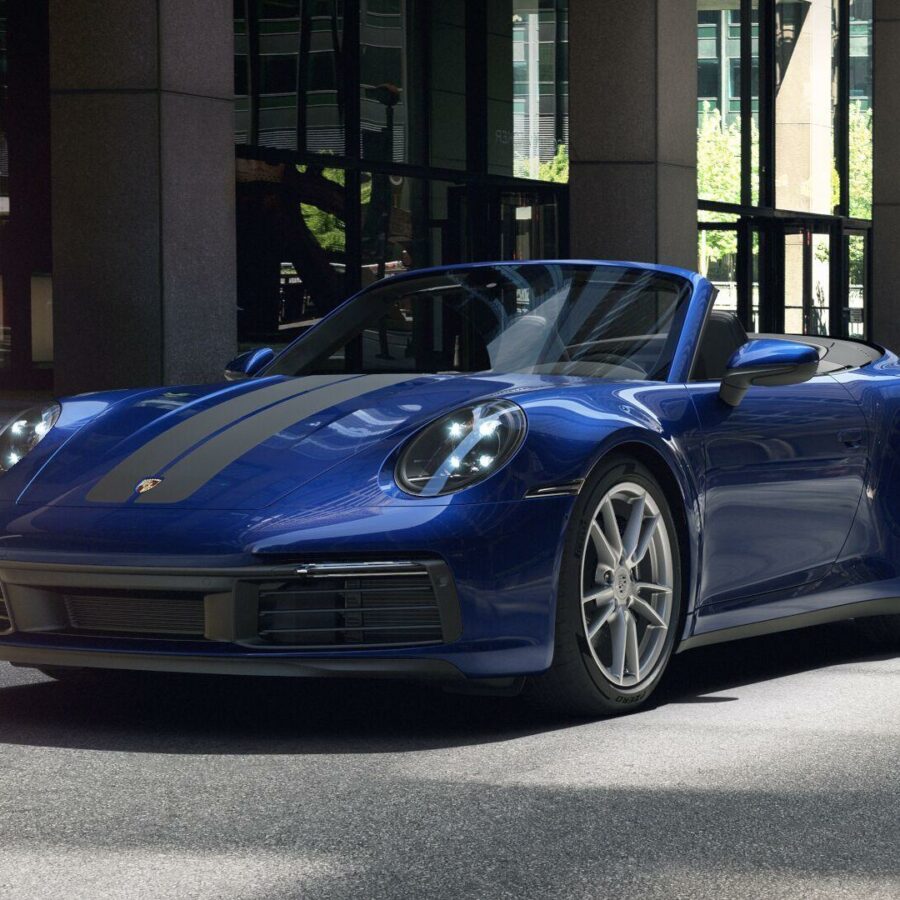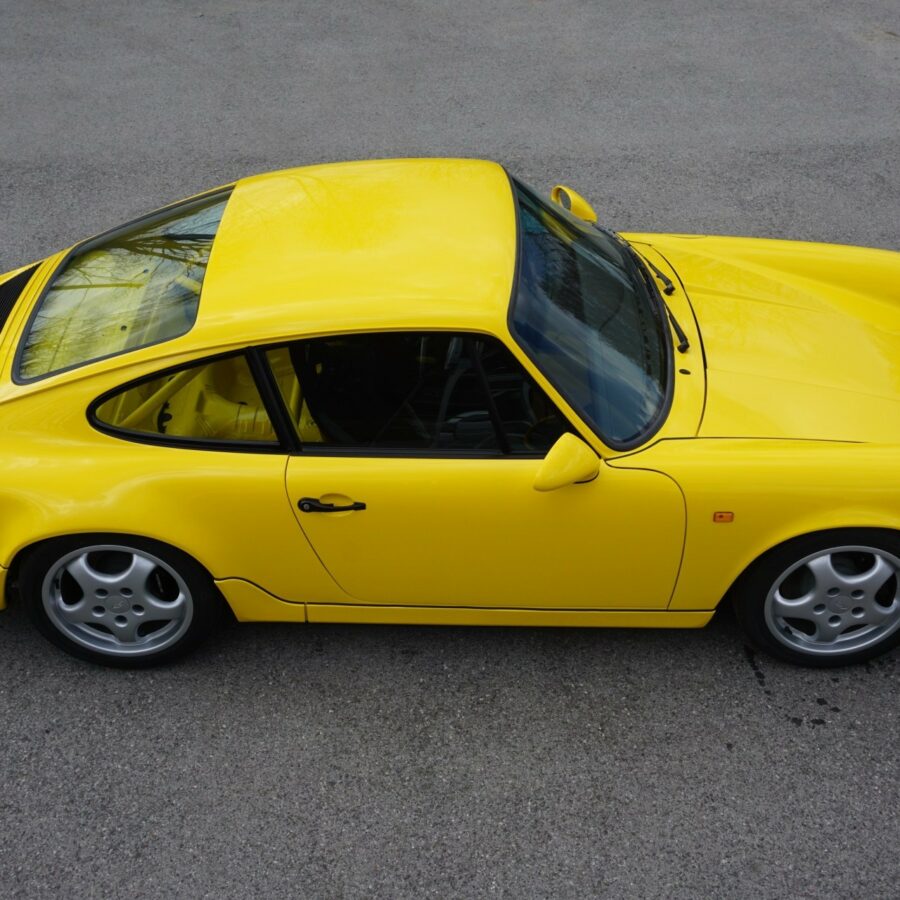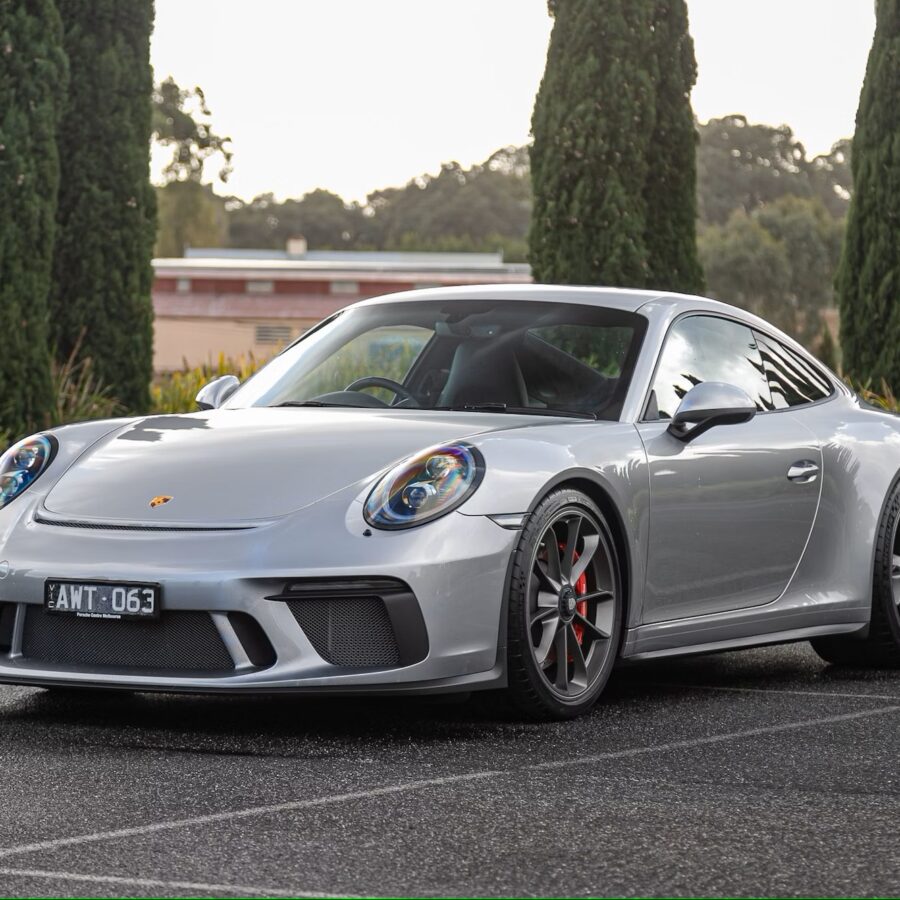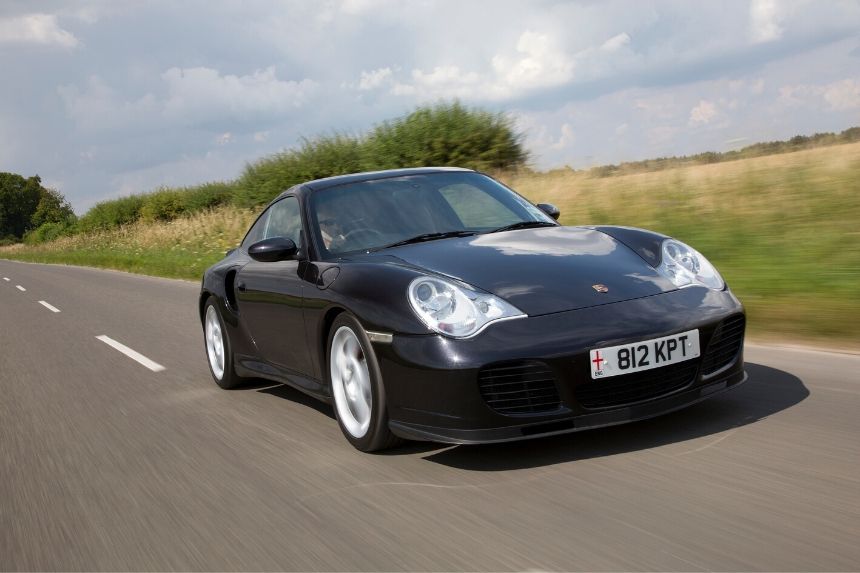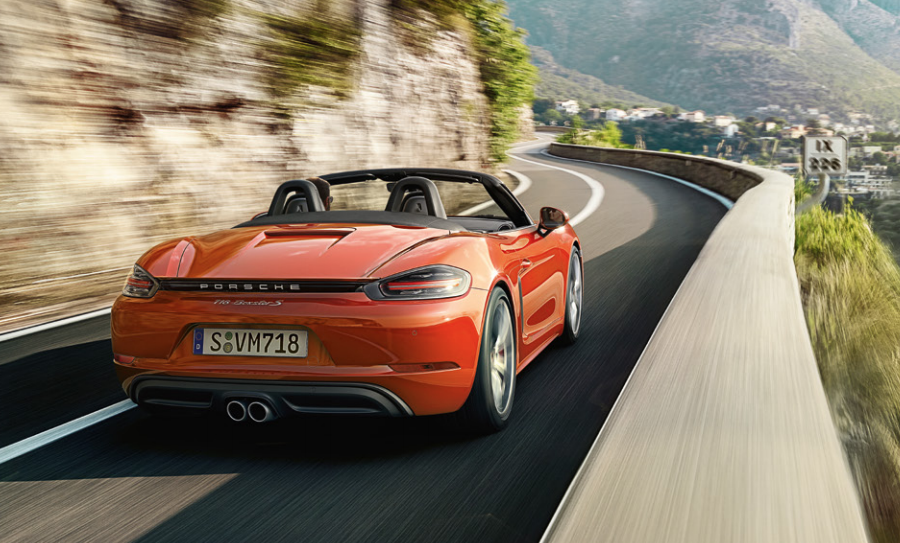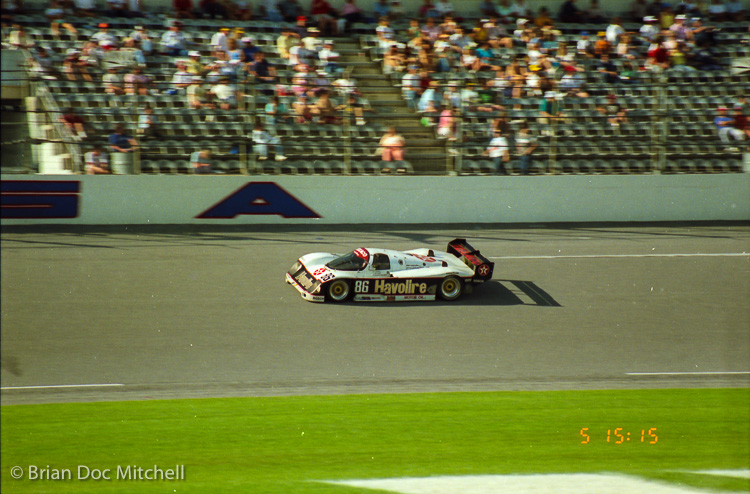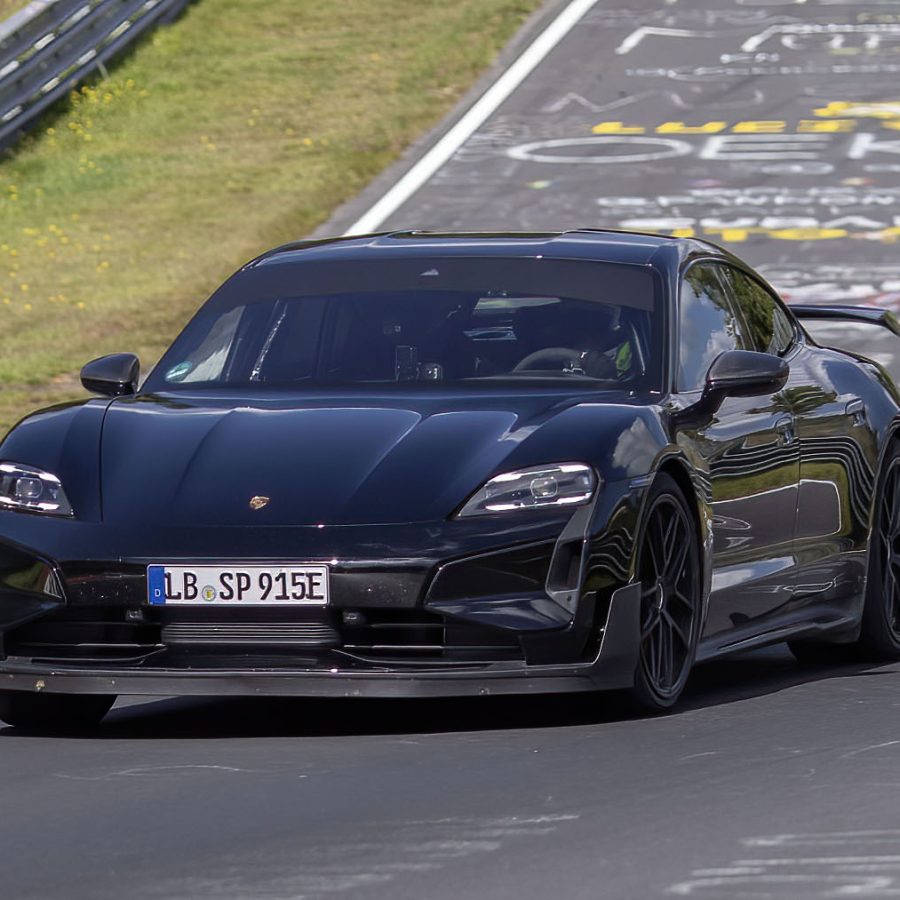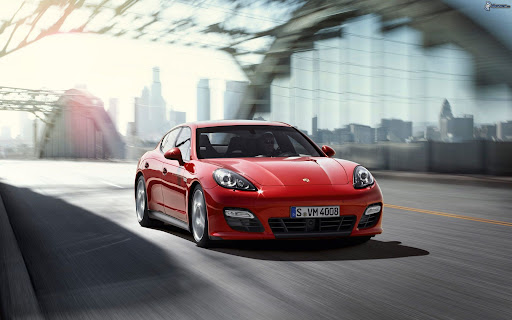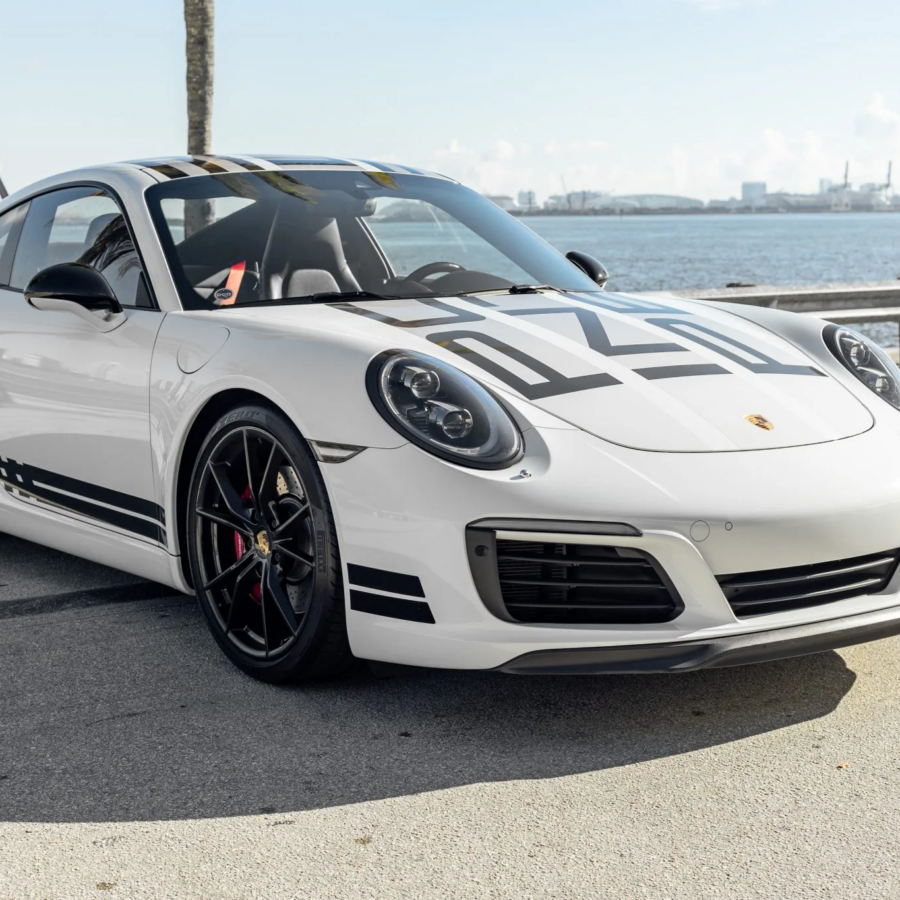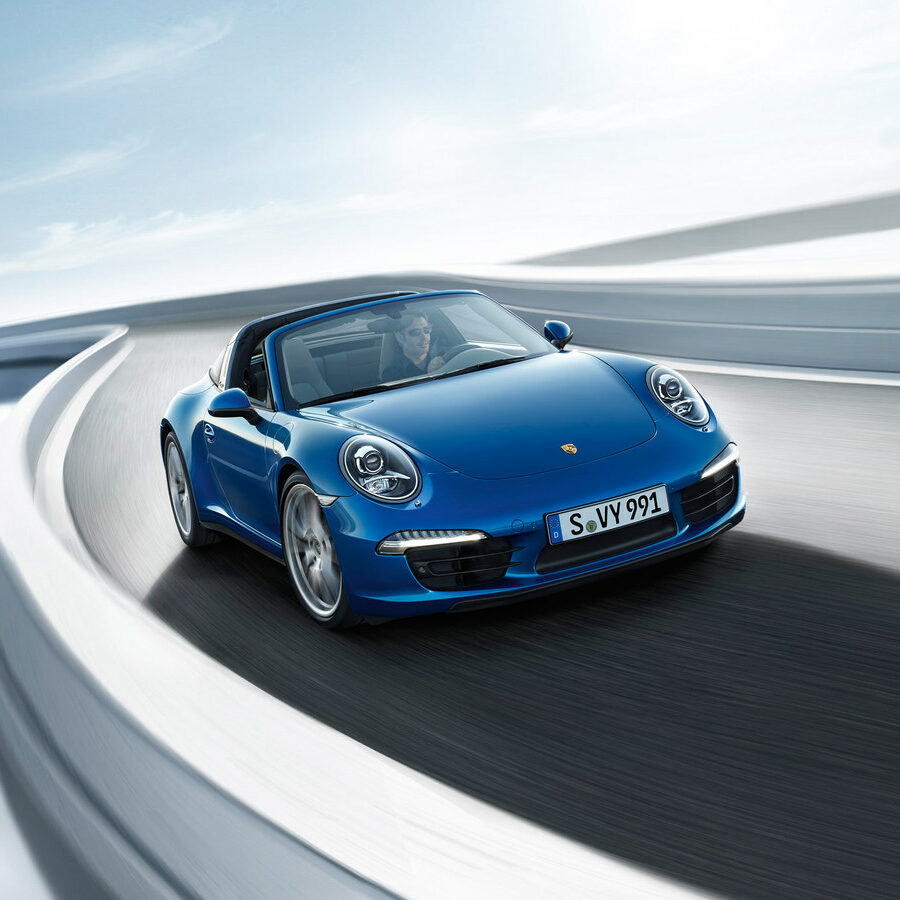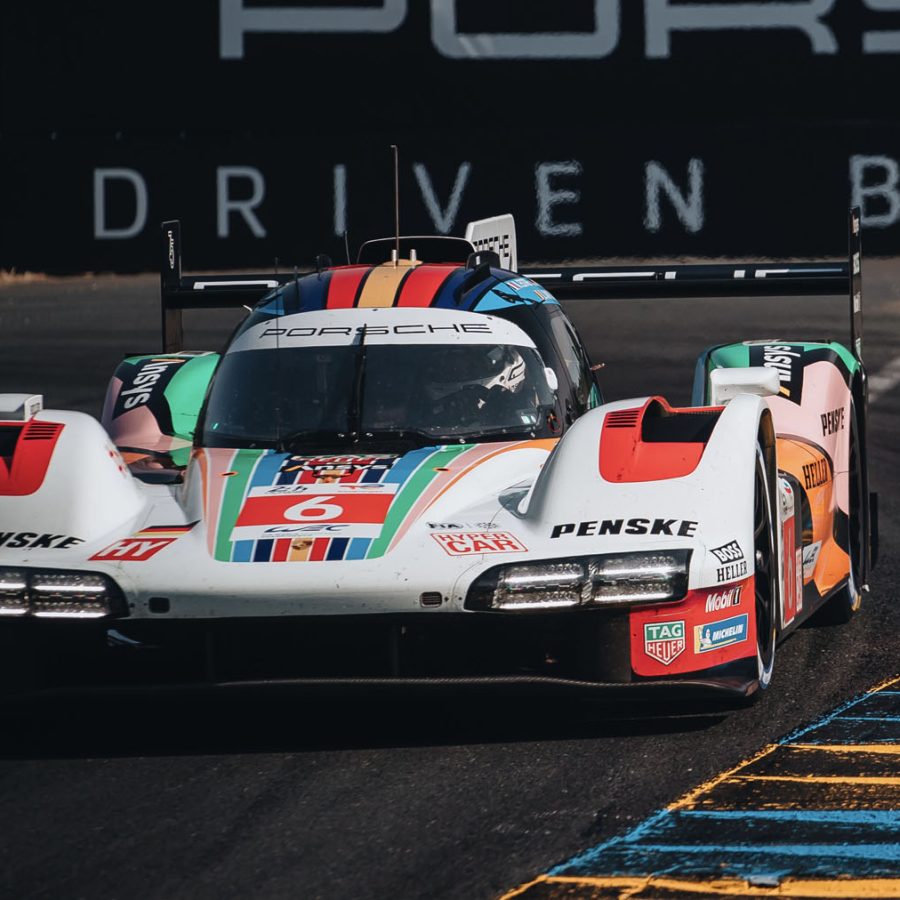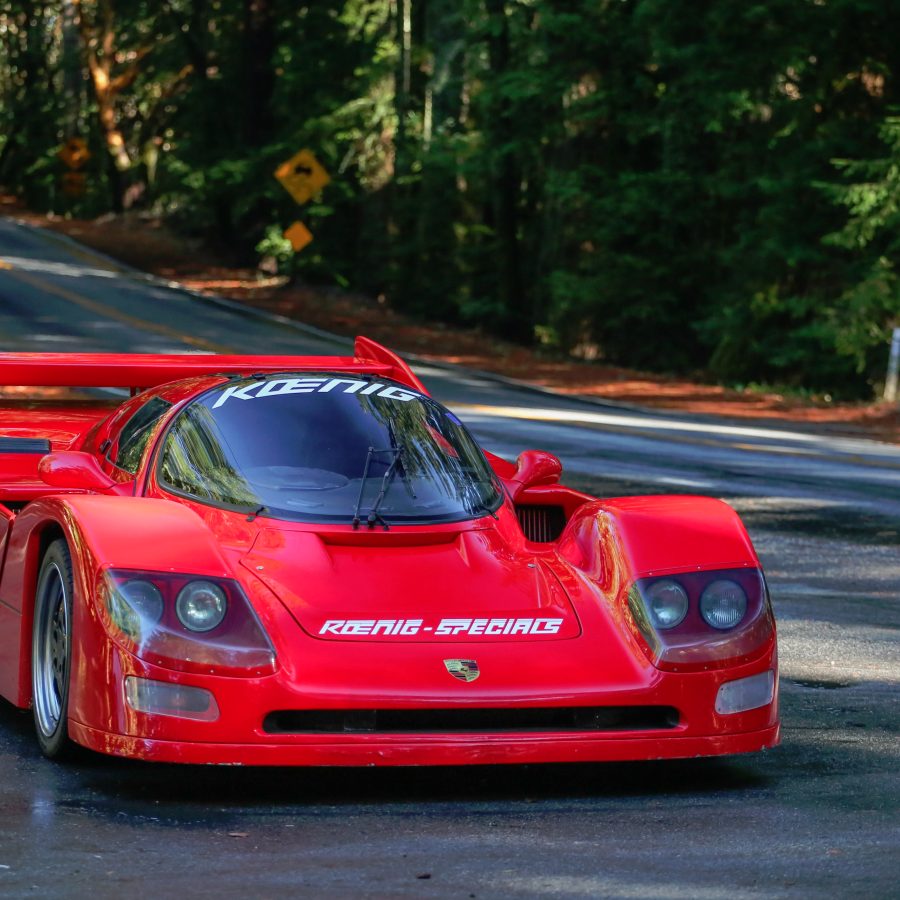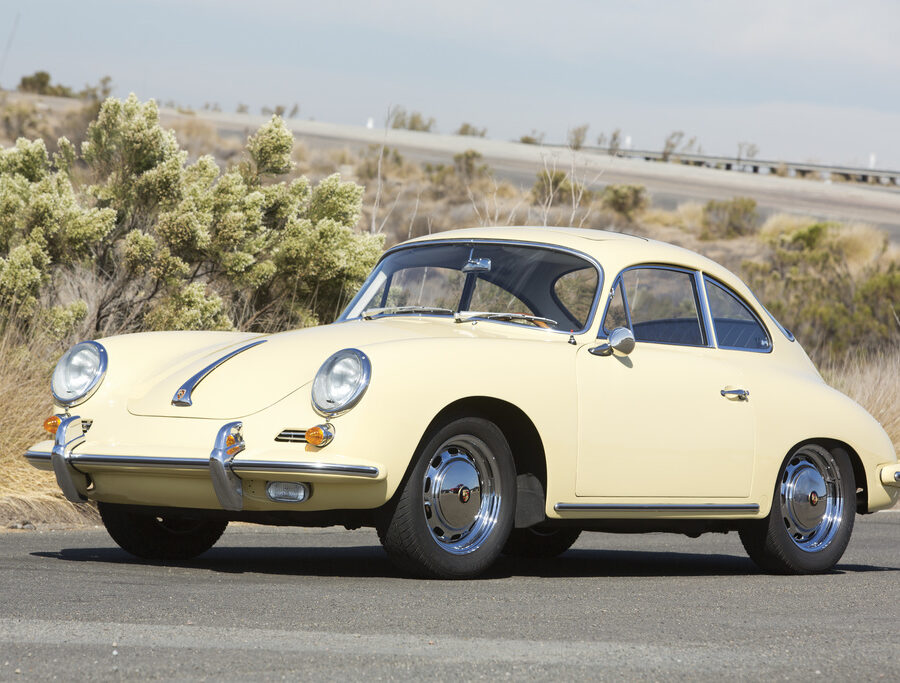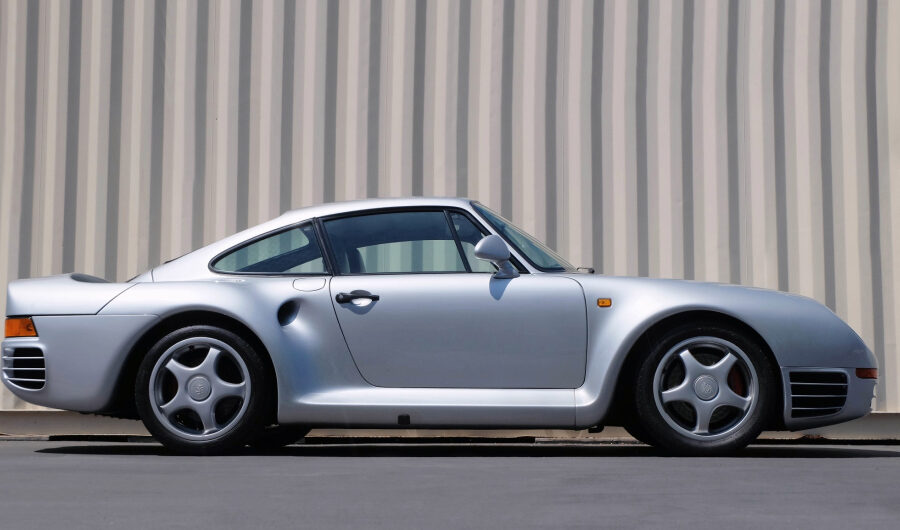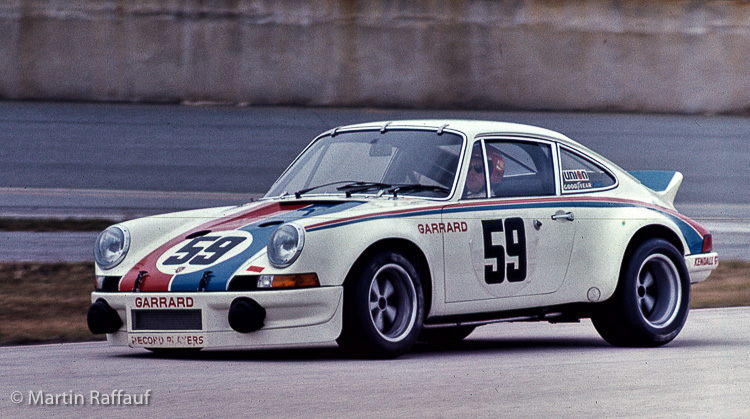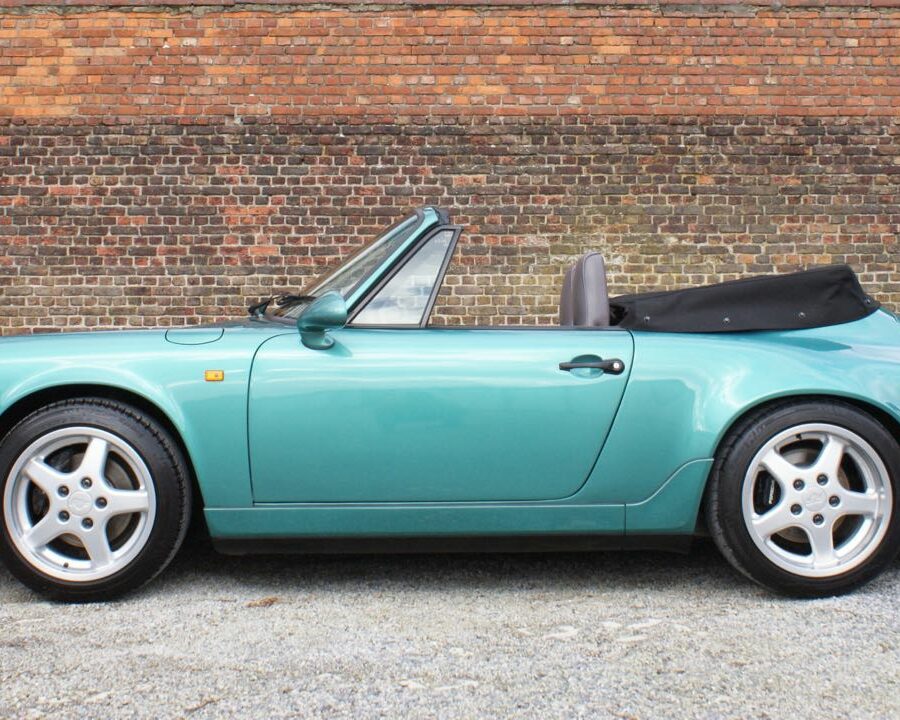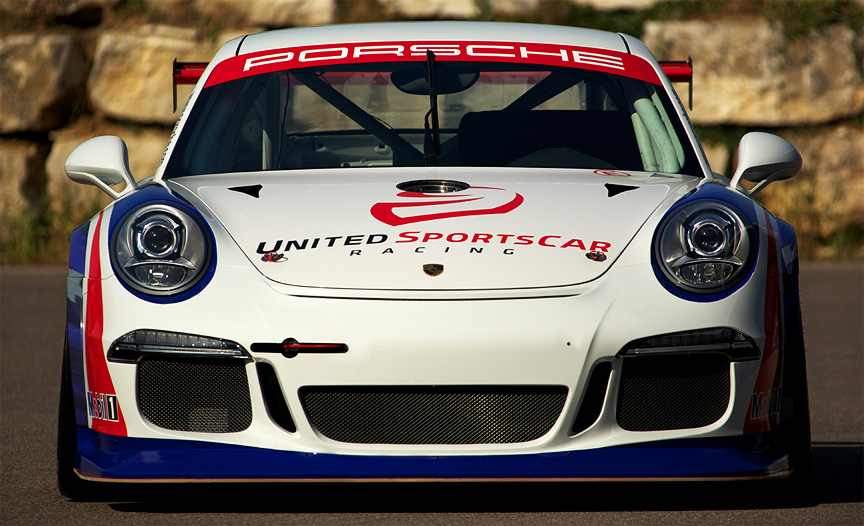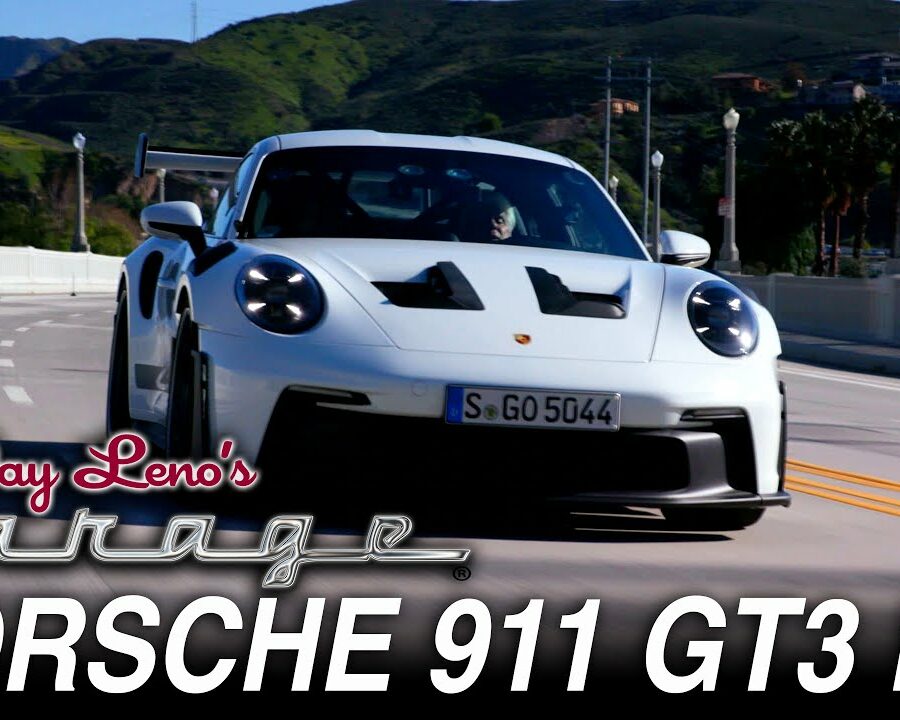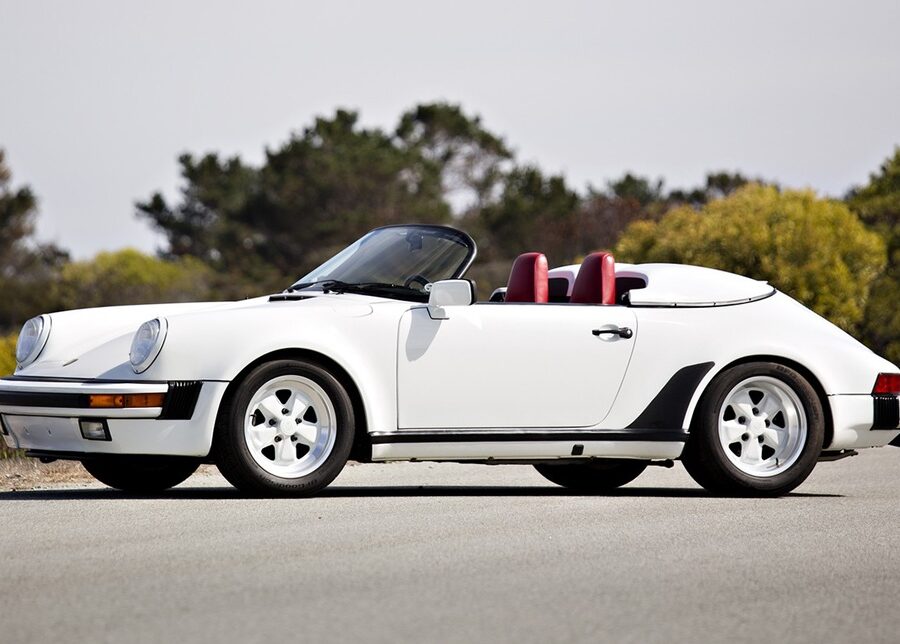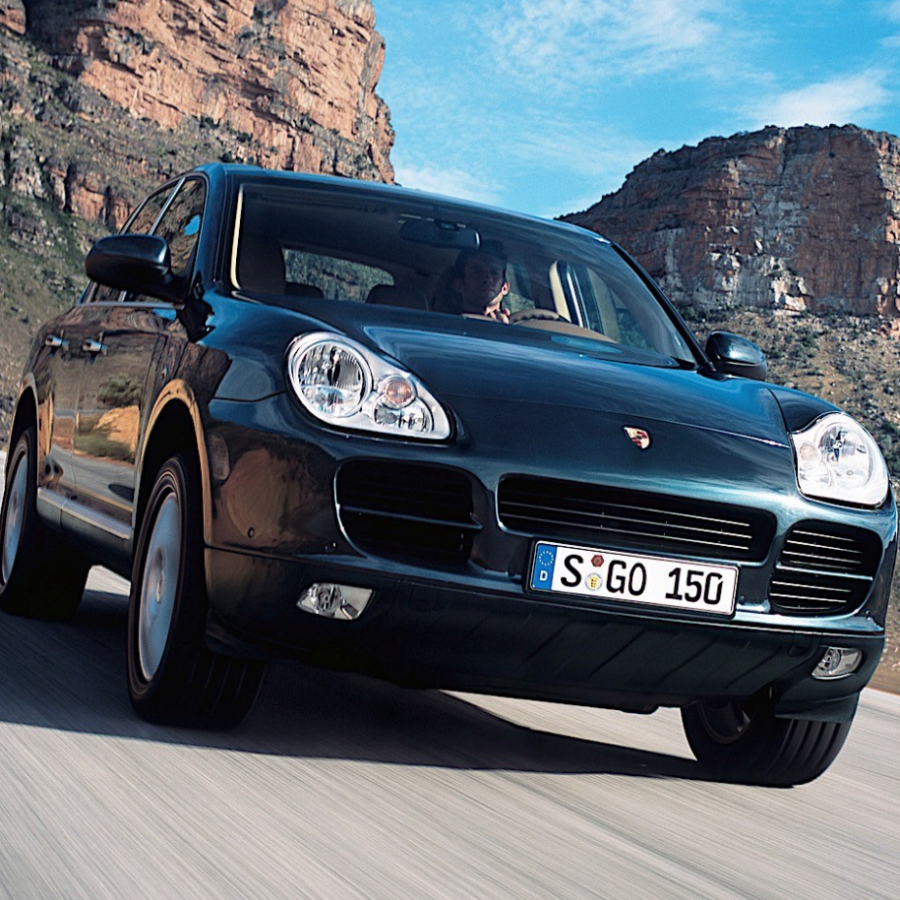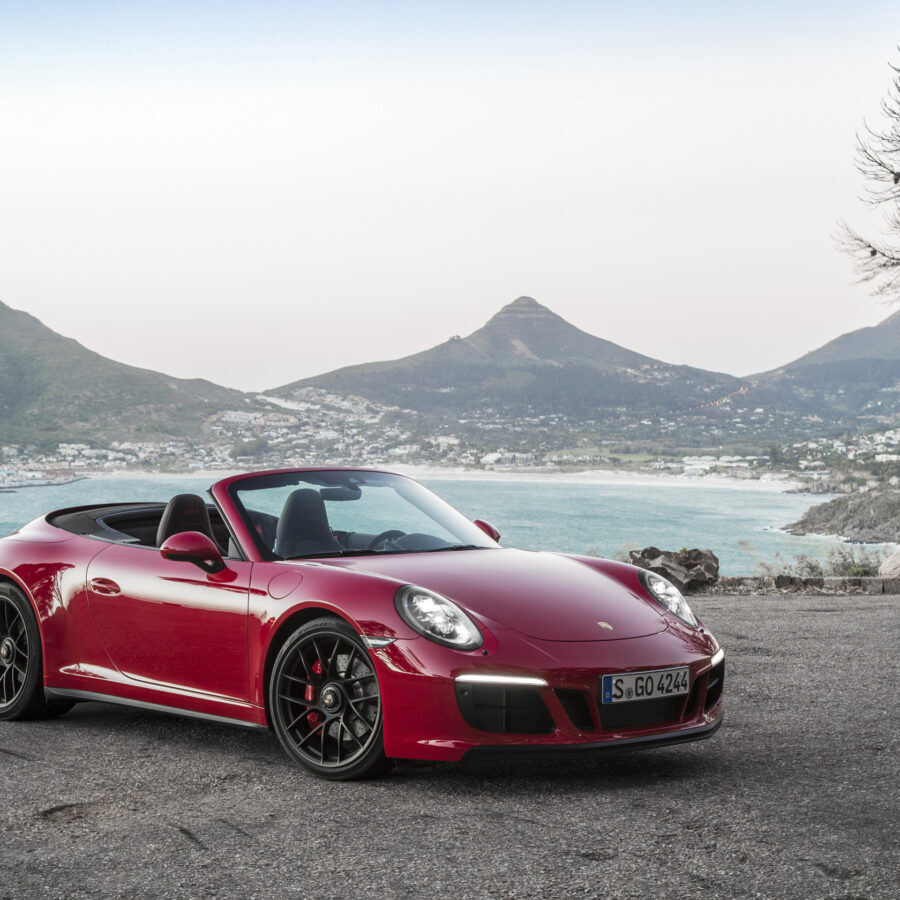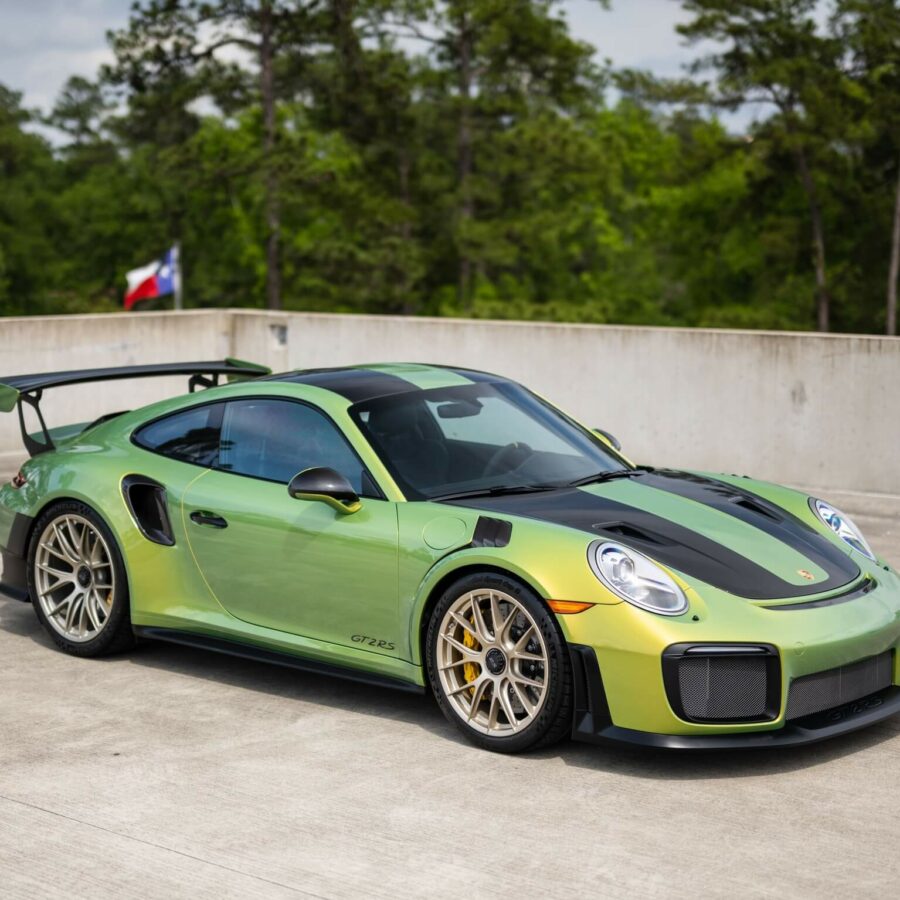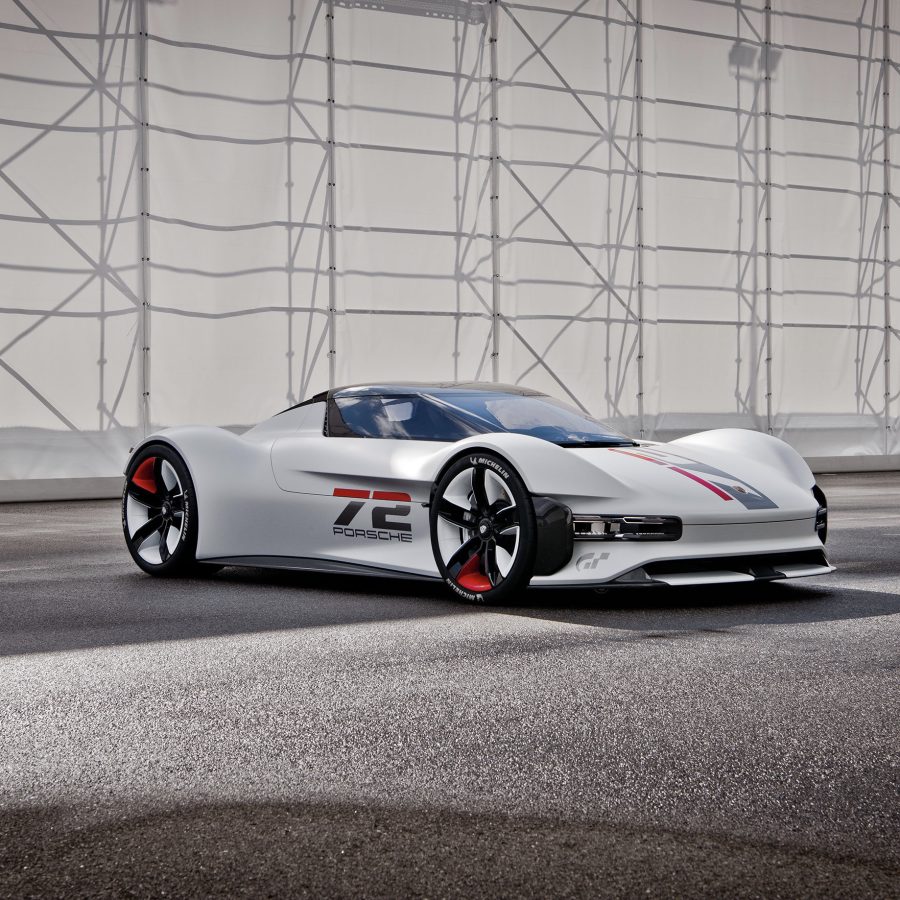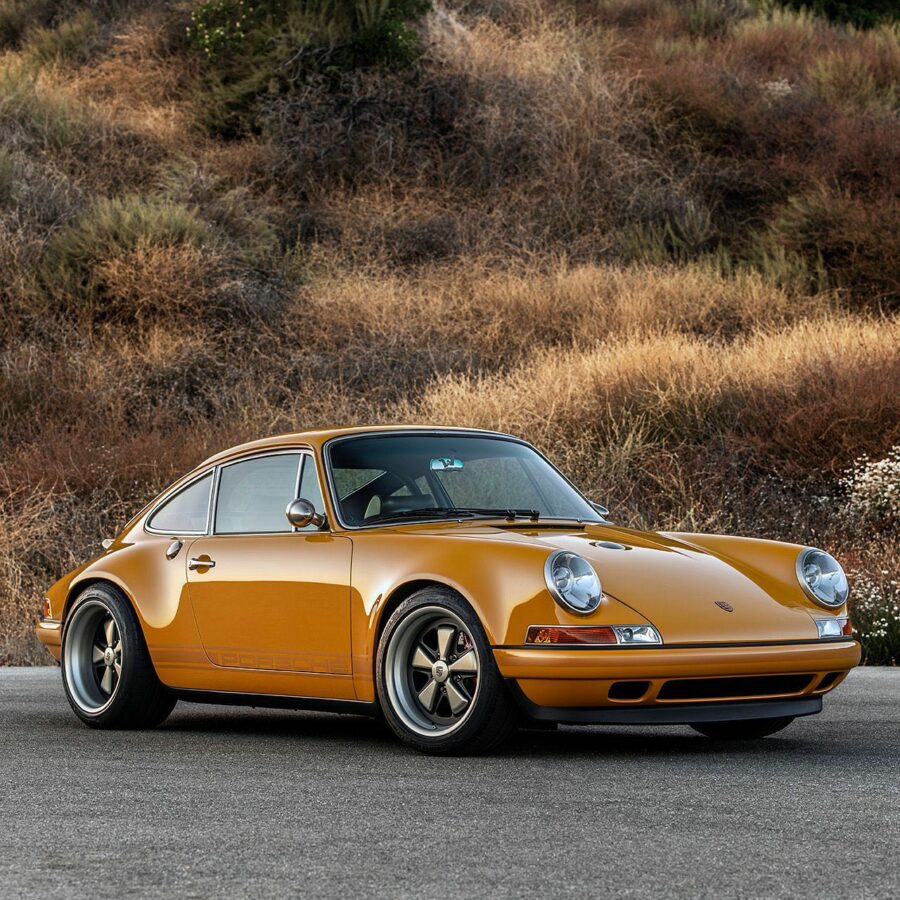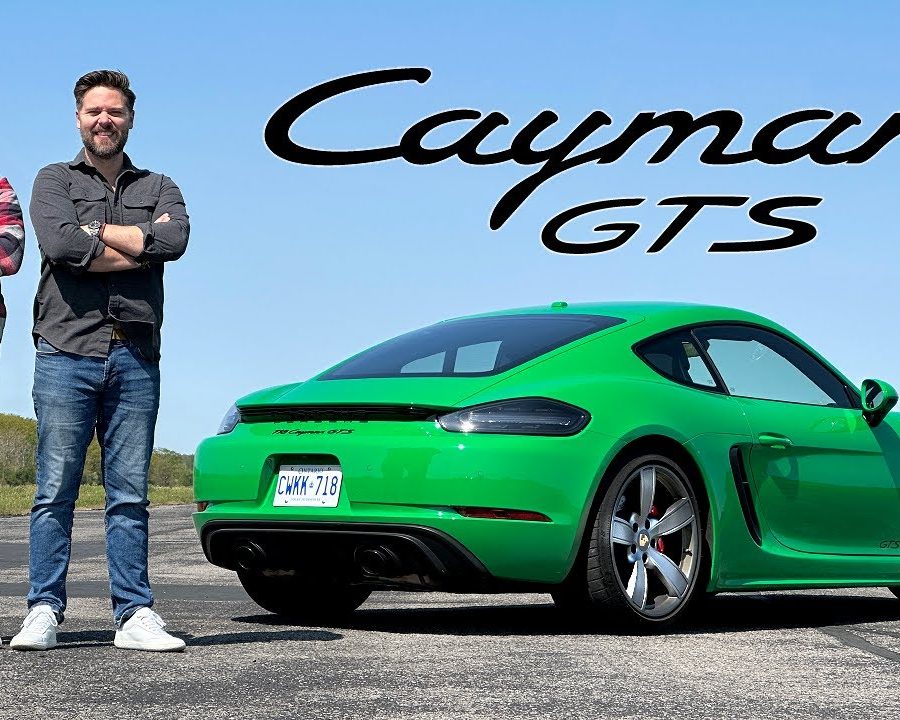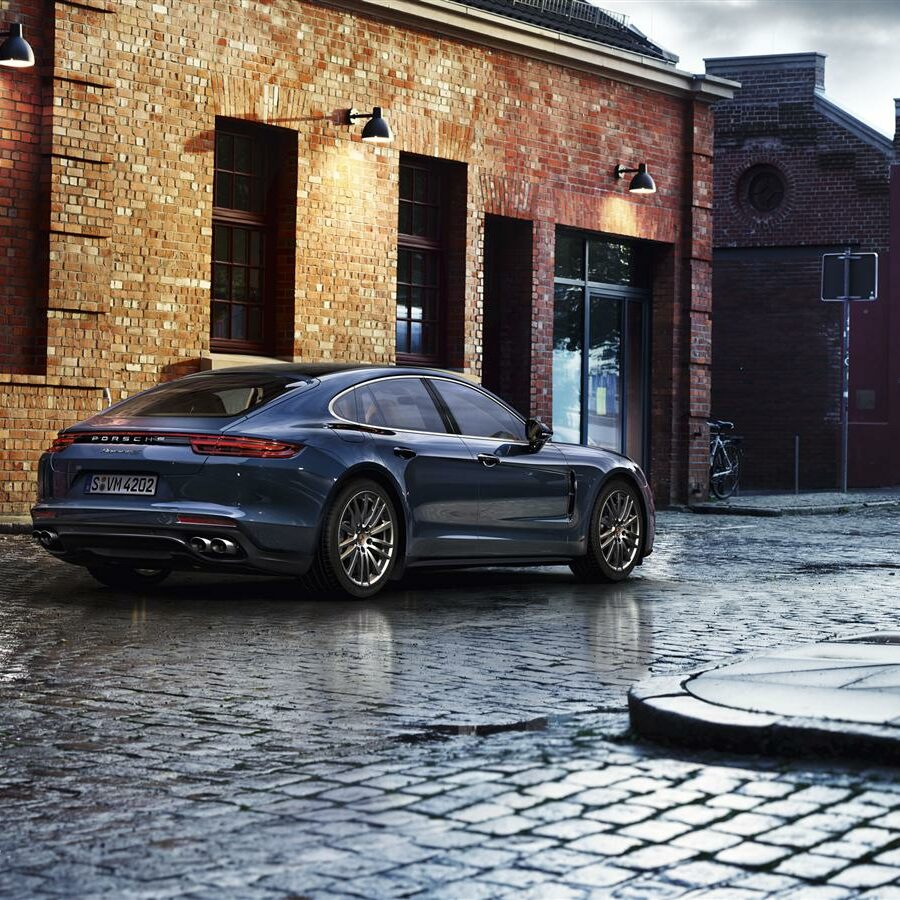Porsche Models
- Porsche 918
- Porsche 914
- Porsche Carrera GT
- Porsche 944
- Porsche Cayman 987 (2nd Gen)
- Porsche 917K
- Porsche Boxster Concept
- Porsche Cayenne
- Porsche Cayenne 955/957 (1st Gen)
- Porsche 924
- Porsche RS Spyder
- Porsche 962
- Porsche 959
- Porsche 911
- Porsche 928
- Porsche Boxster 986 (1st Gen)
- Porsche Cayman 981 (3rd Gen)
- Porsche Boxster 987 (2nd Gen)
- Porsche 356 Pre-A
- Porsche 718 Cayman 982 (4th Gen)
- Porsche Cayenne 958 (2nd Gen)
- Porsche 356 A
- Porsche Boxster 981 (3rd Gen)
- Porsche 718 Boxster 982 (4th Gen)
- Porsche 356 B
- Porsche 356 C
- Porsche 968
- Porsche Panamera
- Porsche Panamera 970 (1st Gen)
- Porsche Panamera 971 (2nd Gen)
- Porsche Boxster
- Porsche Cayman
- Porsche Macan
- Porsche Taycan
- Porsche 912
- Porsche 919
- Porsche 956
- Porsche 2708 Indy
- Porsche Type 64
- Porsche 918 RSR Concept
- Porsche 918 Spyder
- Porsche 918 Concept
- Porsche 918 Spyder Prototype
- Porsche 917
- Porsche Race Cars
- 911 Carrera RS 2.7
- Porsche 550
- Porsche 718
- Porsche Concept Cars
- Porsche 901 (911)
- Porsche 904
- Porsche 906
- Porsche 907
- Porsche 908
- Porsche 910
- Porsche 911 (F-Series)
- Porsche 911 (991)
- Porsche 911 (G-Series)
- Porsche 911 (964)
- Porsche 911 (993)
- Porsche 911 GT1 Race
- Porsche 911 GT1 Street
- Porsche 911 (996)
- Porsche 911 (997)
- Porsche 916
- Porsche 919 Hybrid
- Porsche 934
- Porsche 934/5
- Porsche 935
- Porsche 936
- Porsche Mission E
- Porsche 928 S
- Porsche 928 S4
- Porsche 928 GT
- Porsche 928 GTS
- 911 Speedster Concept
- Porsche 928 Specials
- Porsche 928 H50
- Porsche 935 Tribute
- Porsche 928 CS/SE
- Porsche 597
- Porsche Mission E Cross Turismo
- Porsche 551
- Porsche 911 (992)
- Porsche Sport Tourer Electric
- Porsche Concept 917
- Porsche Le Mans Living Legend
- Porsche 960 Turismo Concept
- Porsche 919 Street
- Porsche 904 Living Legend
- Porsche 906 Living Legend
- Porsche Bergspyder Concept
- Porsche 911 Vision Safari Concept
- Porsche Macan Vision Safari
- Porsche Vision 916
- Porsche Vision 918 RS
- Porsche Vision 920
- Porsche Vision E
- Porsche 917 16-Cylinder Prototype
- Porsche 959 Gruppe B
- Porsche Tapiro Concept
- Porsche Carrera GT Concept
- Porsche Taycan 4S
- 718 Cayman GT4 Rallye
- Porsche Type 360
- Porsche Taycan Turbo S
- Porsche Taycan Turbo
- Porsche 645 Spyder
- Porsche 550 Coupé (Prototype)
- Porsche 550 Spyder (Prototype)
- Porsche 550 Spyder
- Porsche 550 RS Spyder
- Porsche 550A RS Spyder
- Porsche 787 F1
- Porsche 804 F1
- Porsche 904 Carrera GTS
- Porsche 904/6 Carrera GTS
- Porsche 904/8 Carrera GTS
- Porsche 904 Bergspyder
- Porsche 906 Spyder
- Porsche 906 LH Coupé
- Porsche 965 (911)
- Porsche 906 E Carrera 6
- Porsche 942
- Porsche 959 Prototype
- Porsche 906/8 Coupé
- Porsche 906 Carrera 6
- Porsche 969
- Porsche 910 Bergspyder
- Porsche 989
- Porsche 910 Targa
- Porsche 909
- Porsche C88
- Porsche 718 RSK Spyder
- Porsche Panamericana
- Porsche 718 RS 60 Spyder
- Porsche 718 RS 61 Spyder
- Porsche 718 W-RS Spyder
- Porsche 718 GTR Coupe
- Porsche 718/2 F2
- Porsche 718 RS 61 LM Coupé
- Porsche 718 RSK Mittellenker
- Porsche 907 K
- Porsche 907 LH
- Porsche 908/01 LH Coupé
- Porsche 908/01 K Coupé
- Porsche 908/02 K Spyder
- Porsche 908 K Flunder Spyder
- Porsche 908 LH Flunder Spyder
- Porsche 908/03 Spyder
- Porsche 908/03 Spyder Turbo
- Porsche 919 Hybrid Evo
- Porsche LMP2000
- Porsche 984
- Porsche LMP1-98
- Porsche 917 LH-69
- Porsche 961
- Porsche WSC-95
- Porsche 917 K-69
- Porsche 917 ‘Interserie Spyder’
- Porsche 917 K-70
- Porsche 917 K-71
- Porsche 917 LH-70
- Porsche 917 LH-71
- Porsche 917/20
- Porsche 917/10-71
- Porsche 917/10-72
- Porsche 917/10 Turbo
- Porsche 917/20 Turbo
- Porsche 917/30
- Porsche 914/4 (1.7 L)
- Porsche 914/4 (2.0 L)
- Porsche 914/6 (2.0 L)
- Porsche 914 LE
- Porsche 914/4 (1.8 L)
- Porsche 914/8
- Porsche 914-6 GT
- Porsche 924 (Base)
- Porsche 924 Turbo
- Porsche 924 Carrera GT
- Porsche 924 Carrera GTR
- Porsche 924 Carrera GTS
- Porsche 924S
- Porsche 924 Rallye Turbo
- Porsche 924 Carrera GTP
- Porsche 924 SCCA
- Porsche 944 Coupe
- Porsche 944 S Coupe
- Porsche 944 S2 Coupe
- Porsche 944 S2 Cabriolet
- Porsche 944 Turbo Coupe
- Porsche 944 Turbo S Coupe
- Porsche 944 Turbo Cup
- Porsche 944 Turbo Cabriolet
- Porsche 944 GTP
- Porsche 944 Swiss Special
- Porsche 944 French Special
- Porsche 944 Celebration
- Porsche 944 S2SE
- Porsche 968 Coupe
- Porsche 968 Cabriolet
- Porsche 968 CS Coupe
- Porsche 968 Turbo S
- Porsche 968 Turbo RS
- Porsche 968 Sport
- Porsche 959 Rally
- Porsche 959 Komfort
- Porsche Cayenne 9YA/9YB/9YC (3rd Gen)
- Porsche 959 Sport
- Porsche Boxster (Base)
- Porsche Boxster S
- Porsche Boxster S Special Edition
- Porsche Boxster Spyder
- Porsche Boxster RS 60 Spyder
- Porsche Boxster Limited Edition
- Porsche Boxster GTS
- Porsche Boxster T
- Porsche Cayman (Base)
- Porsche Cayman S
- Porsche Cayman GTS
- Porsche Panamera Sport Turismo
- Porsche Cayman GT4
- Porsche Cayman R
- Porsche Macan 95B (1st Gen)
- Porsche Cayman S Black Edition
- Porsche Macan (Base)
- Porsche Cayman S Sport
- Porsche Macan S
- Porsche Cayman S Design Edition 1
- Porsche Macan GTS
- Porsche Cayman T
- Porsche Macan Turbo
- Porsche Cayman GT4 Clubsport
- Porsche Taycan (Base)
- Porsche 718 Boxster 25
- Porsche Taycan 4
- Porsche Formula E
- 964 Carrera 2
- 964 Carrera 4
- ’30 Jahre’ Anniversary
- 964 Speedster
- 964 Turbo
- 964 Carrera RS
- 964 Carrera Cup
- 964 RSR
- 993 Carrera
- Porsche Cayman GT4 RS
- 911 Edition 50
- 993 Carrera 4
- 911 2.0 Bertone Roadster
- Porsche Macan T
- 993 Carrera 4S
- Porsche Mission R Electric
- 993 Carrera S
- Porsche Vision Gran Turismo
- 992 Sport Classic
- 993 Targa
- 993 Turbo
- 993 Carrera RS
- 996 Carrera
- 992 America Edition 911
- 996 Carrera 4
- 993 GT2
- 993 Carrera Cup
- 996 Targa
- 996 Carrera 4S
- 996 Turbo
- Porsche 963
- Porsche 718 Cayman GT4 ePerformance
- 996 Turbo S
- 996 GT3
- 996 GT3 RS
- 996 GT2
- 718 Boxster
- 996 GT3 Cup
- 996 GT3 R
- 996 GT3 RSR
- 997 Carrera
- 996 GT3 RS Race
- 997 Carrera S
- Porsche 991 (991)
- 997 Carrera 4
- 997 Carrera 4S
- 997 Targa
- 997 Targa 4S
- 911 Carrera 3.0 Coupe (G-Series)
- 997 Turbo
- 997 Turbo S
- 992 Carrera T
- 997 GT2
- 997 GT2 RS
- 997 Speedster
- 992 Dakar
- 997 Carrera GTS
- 997 Carrera 4 GTS
- 997 GT3 Cup
- 997 GT3 R
- 997 GT3 RSR
- 997 GT3
- 997 GT3 RS
- 991 Carrera
- 997 GT3 R Hybrid
- 991 Carrera 4
- 991 Carrera S
- Porsche 981
- 991 Carrera 4S
- Porsche Vision 357
- 991 Targa 4
- 991 Targa 4S
- 991 Turbo
- 991 Turbo S
- 991 Carrera GTS
- 991 Carrera 4 GTS
- 991 Targa 4 GTS
- 991 911 R
- Porsche 961
- Porsche 992 GT2 RS
- 991 GT3
- 991 GT3 RS
- 991 GT2 RS
- 991 Speedster
- 991 GT3 R
- 991 GT3 Cup
- 991 RSR
- 991 Carrera T
- 992 Carrera 2
- 992 Carrera 4
- Porsche Type 540 America Roadster
- 992 Carrera S
- Porsche 718 Spyder RS
- 992 Carrera 4S
- 992 Targa 4
- Porsche Mission X
- 992 Targa 4S
- 992 Carrera GTS
- 992 Carrera 4 GTS
- 992 Targa 4 GTS
- 992 Turbo
- Porsche RS60 Spyder
- 992 GT3 R
- 992 Turbo S
- 992 GT3
- 992 911 S/T
- 992 GT3 Touring
- 992 GT3 RS
- 911 (G-Series)
- 992 GT2 RS
- 992 GT3 Cup
- 911 Carrera 3.0 (G-Series)
- Porsche Taycan GTS
- Porsche 356 SC
- 911 S (G-Series)
- Porsche Mission X
- 911 Carrera RSR 2.8
- Porsche 992 GT3 R Rennsport
- 911 SC (G-Series)
- 911 S/T
- 911 Carrera 3.2 (G-Series)
- 911 (Base Model)
- 911 SC Safari
- 911 L
- 911 Turbo (930)
- 911 Carrera RSR Turbo 2.1
- 911 T
- 911 E
- 911 Carrera RSR 3.0
- 911 S
- 911 SC San Remo
- Pre-A Speedster
- 911 R
- Porsche 356
- Porsche 953
- 911 Carrera 3.2 Clubsport
- 911 T/R
- 911 Carrera RS 3.0
- 911 SC RS
- 911 Carrera 25th Anniversary
- 911 Turbo LE
- 911 Carrera Commemorative
- 911 Turbo 2.7
- Beutler Coupe
- 911 Carrera 2.7 (G-Series)
- 911 3.2 Speedster
- Porsche 911 GT1
- Porsche 99X Electric
- 964 Turbo S
- Porsche Taycan Turbo GT
- Porsche Panamera 976 (3rd gen)
- Porsche Macan Electric (2nd Gen)
- Porsche 954
- 992.2 GT3
- 992.2 GT3 Touring
- Porsche Taycan Y1A/Y1B (1st Gen)
- Porsche 718 Spyder RS
- Porsche Macan Turbo Electric
- Porsche Macan 4S Electric
- Porsche 964
- Porsche Macan 4 Electric
- Porsche Macan Electric (Base)
- Porsche Taycan 9J1 (1st Gen)
FOR SALE: 1988 Porsche 959 Sport Up for Auction
One of only 29 Sport examples ever made
Porsche 928 (MY 1981) – Equipment & Options Codes
Full list of Equipment & Option Codes Decoder for the 1981 Porsche 928
Porsche Boxster (MY2005 – 2008) – Sales Brochures
Sales Catalogs for the second generation Porsche Boxster
Porsche Boxster (MY2000) – Equipment & Options Codes
Equipment Codes & Option Decoder
Porsche 911 Edition 50 Years Porsche Design (992) (2022)
Only 750 units of the special 911 will be made. Honors the first product created by the Porsche Design studio in 1972
Rennsport Reunion 7 grows global fan base
Porsche's Manager of Global Community Management speaks
Porsche 928 (MY 1995) – Equipment & Options Codes
Full list of Equipment & Option Codes Decoder for the 1995 Porsche 928
Porsche Mobil 1 Supercup season begins
2024 one-make series embraces eFuels
Porsche Macan (2017 – 2018)
The 2017 model year saw a new entry-level model featuring a turbocharged four-cylinder engine
Porsche 911 Speedster (Turbo-Look) (964) (1993 – 1994)
15 Speedster got skunkworks love and got the widened Turbo body shell
Porsche 911 Carrera 4 GTS Coupe (992)
What's not to like about a convertible 911 with 473 bhp and lots of other goodies as standard
Journey to Bethlehem, Wales…in a Porsche
Christmas voyage behind the wheel of a Taycan
Porsche 911 (996) Maintenance & Service Schedule
Carrera, Carrera S, Carrera 4, Carrera 4S, Targa, Turbo
Porsche 718 Boxster (MY2017 – Present) – Sales Brochures
Sales Catalogs for the 982 generation Porsche Boxster
Taycan slashes old record at Nürburgring
2024 pre-production chassis reveals significant advancements
Porsche Panamera 970.2 – The Story
The Panamera received a fairly substantial mid-cycle update for 2014 model year.
Porsche reveals 2024 Motorsports goals
Preparations are already underway to achieve success in 2024
Porsche 911 Carrera GTS Cabriolet (991.2) (2017 – 2019)
Basically a 911 S cab with just a few extra goodies. Adds up to more than the sum of parts.


